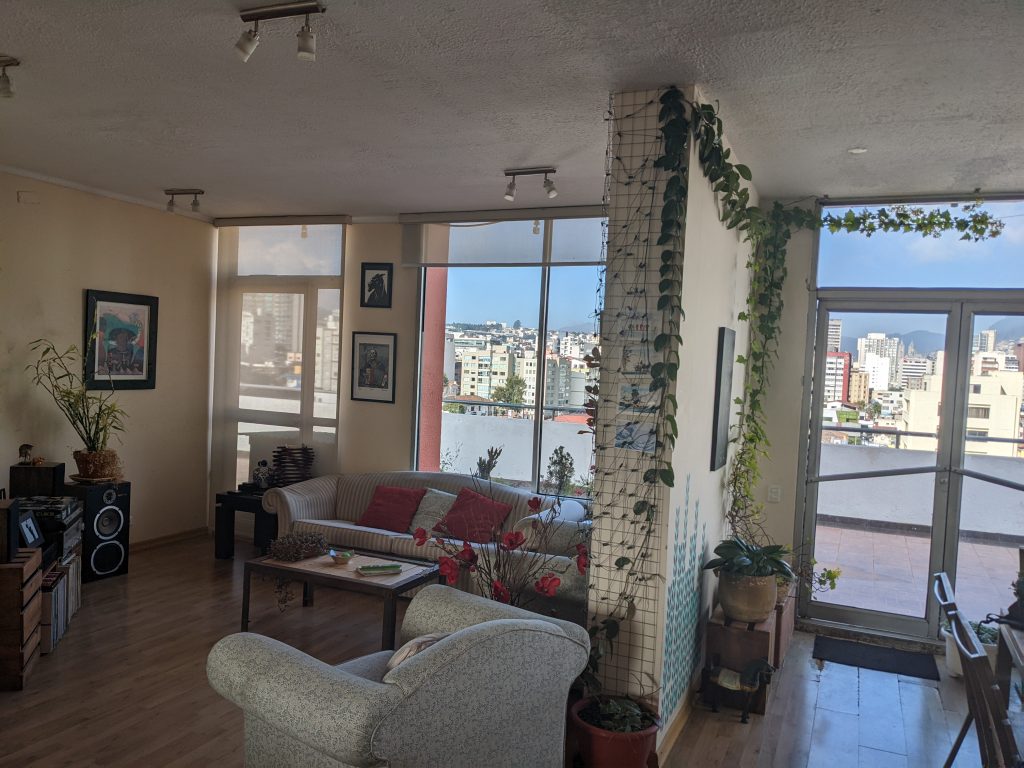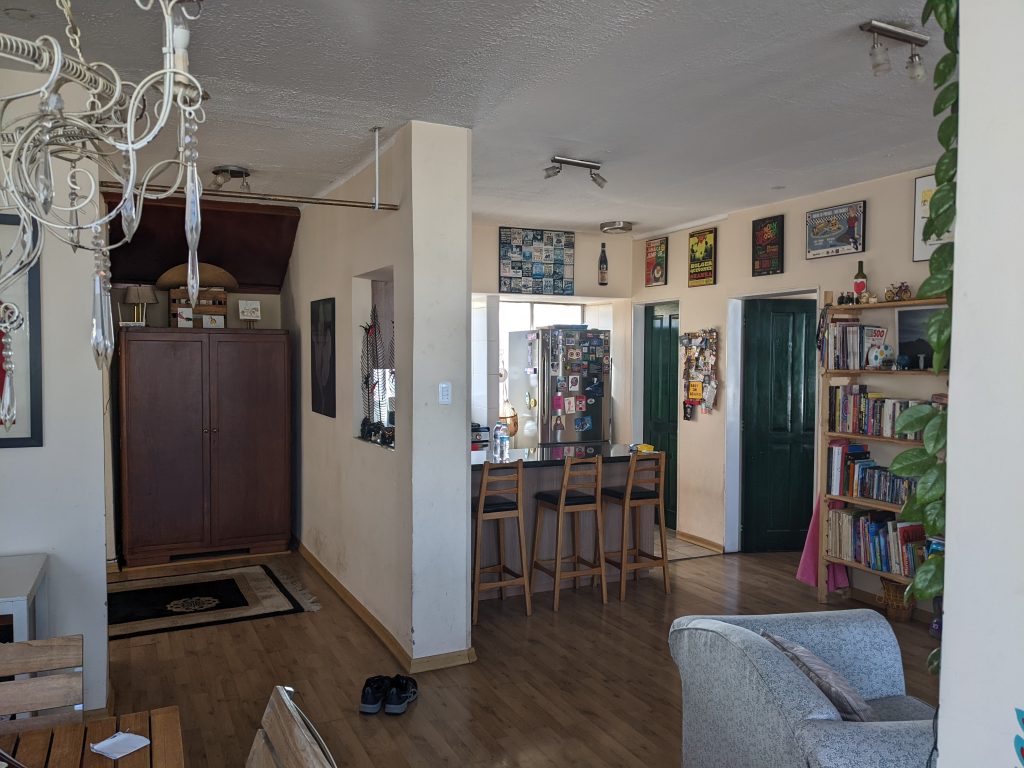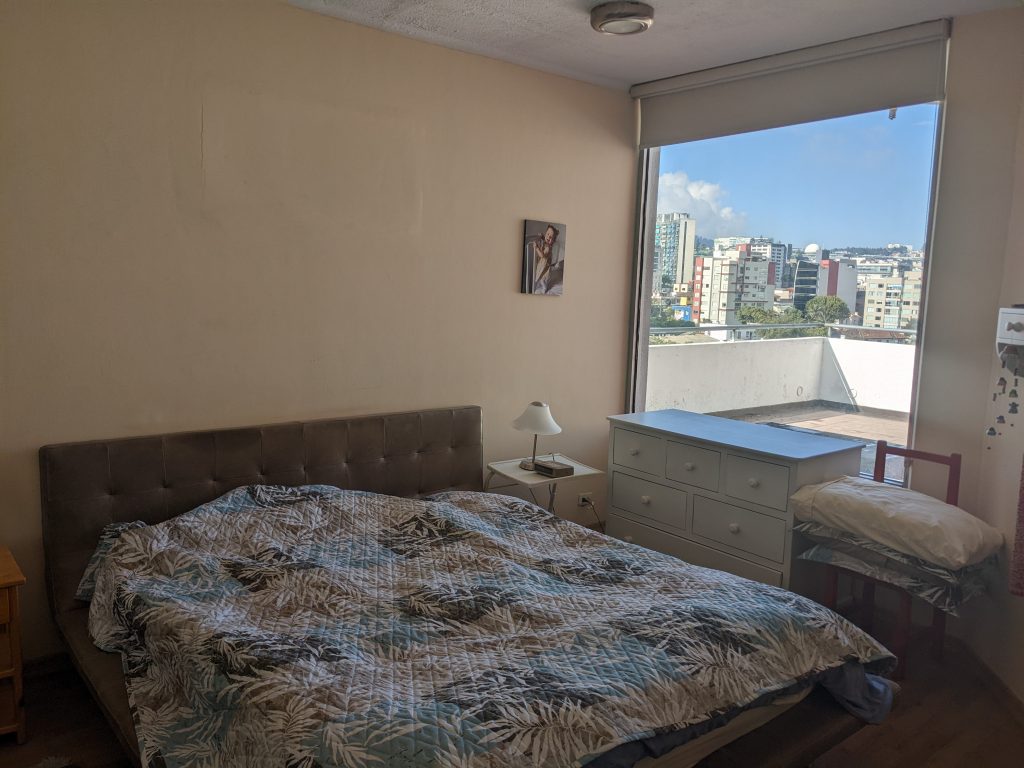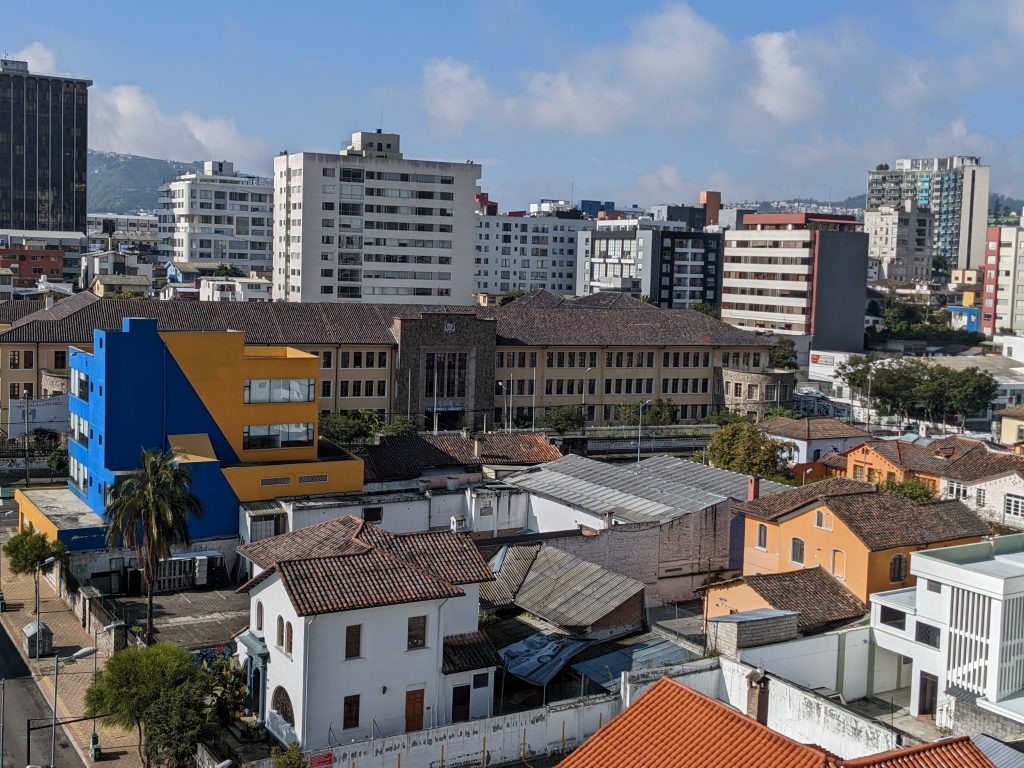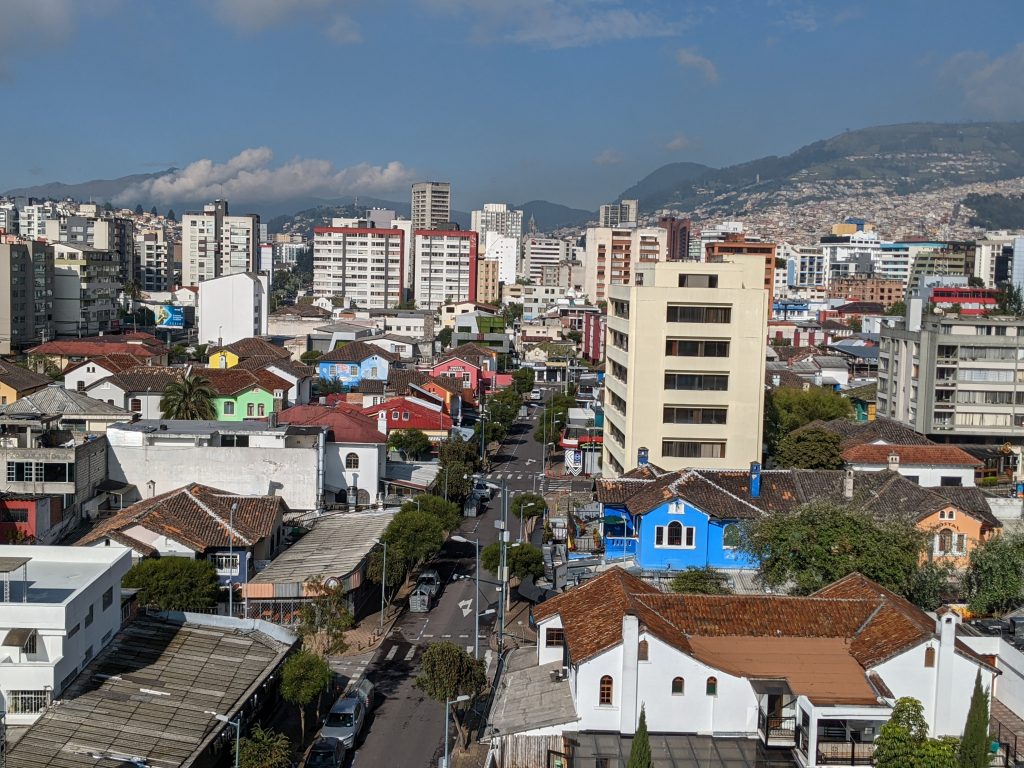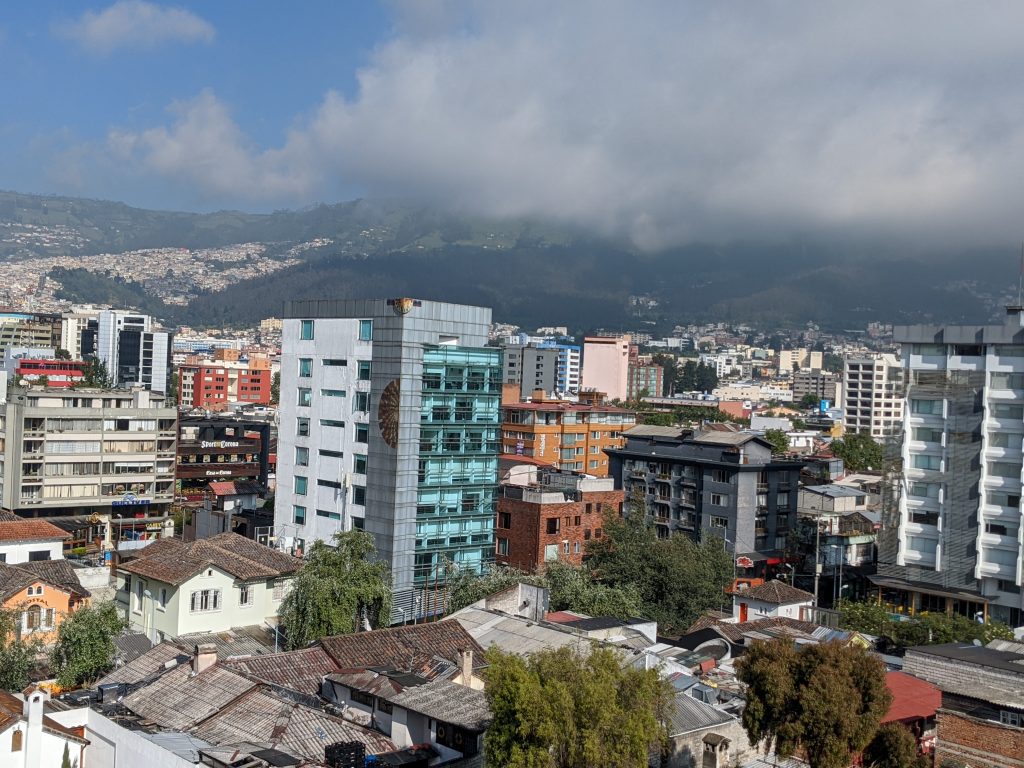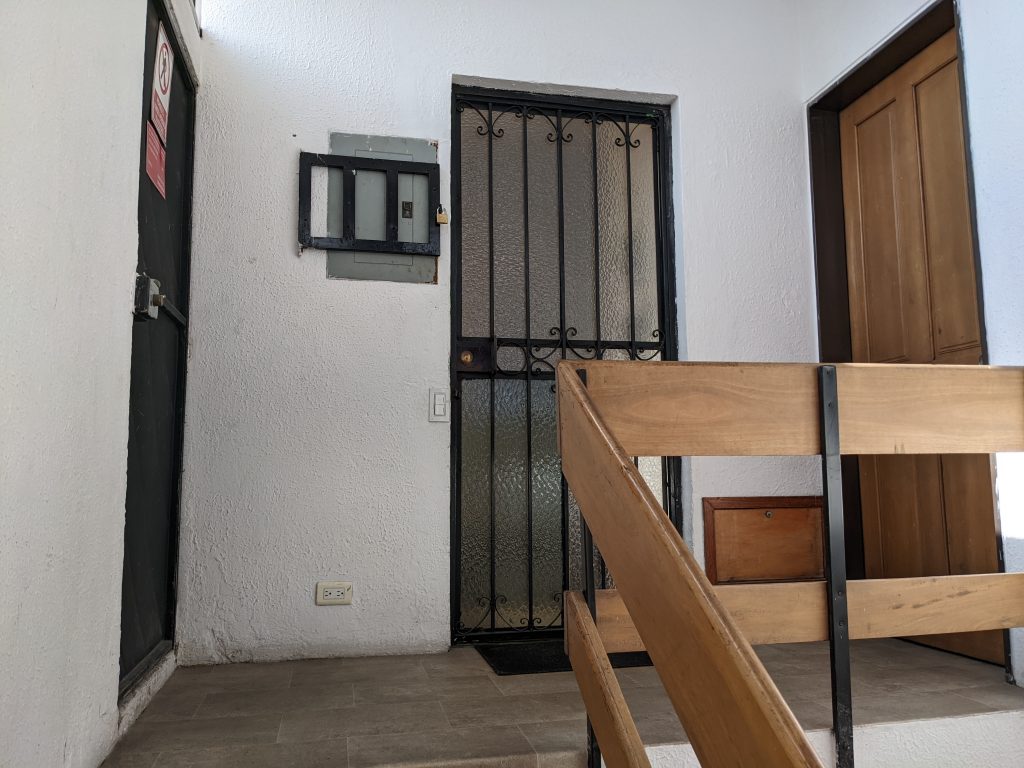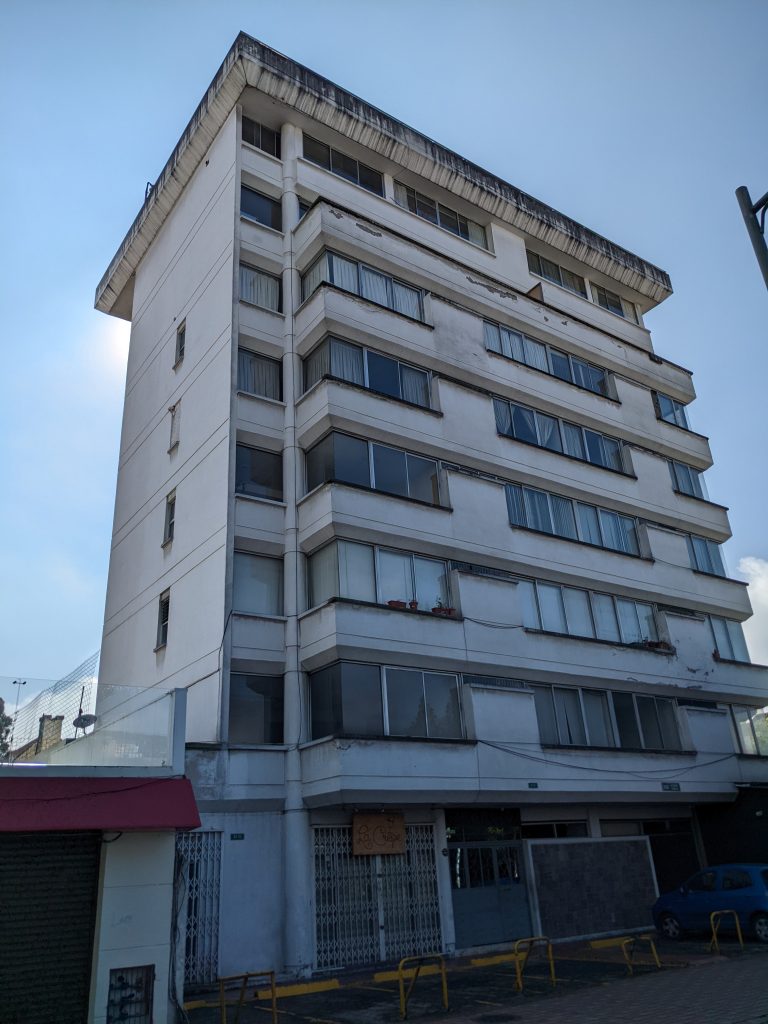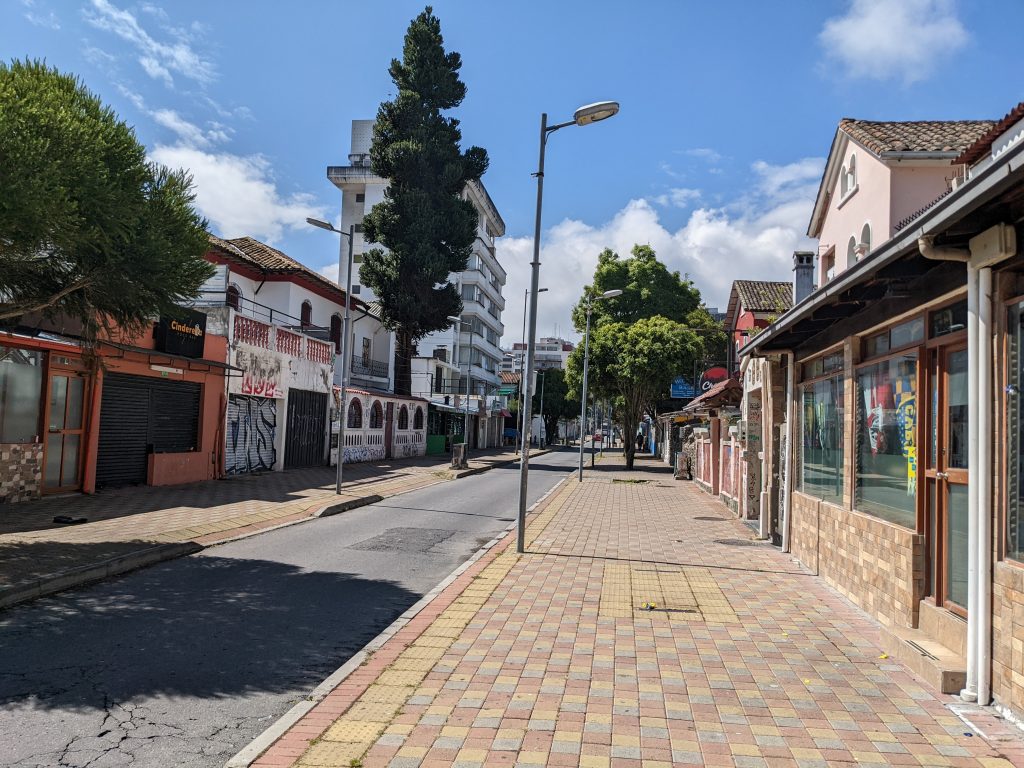Quito is set into the palm of the northern Andes. It’s in a long valley surrounded by beautiful, tall mountains and one still somewhat active volcano. At 2,850 meters (9,350 feet) Quito is the second highest national capital in the world (after La Paz in Bolivia). It is also right on the equator. So the days generally have a spring-like quality, but the weather can also change very quickly. It can be sunny and warm in the morning and cold and drizzly by the late afternoon.
The south of Quito is poor and dangerous, the middle has the historic center and a more middle class feel, and the north in general becomes more weathly. It seems to be a relatively calm and liveable city (at least away from the southern parts). Aside from it’s spectacular surroundings it’s not a breathtaking capital. But it does have some amazing pockets of beauty and uniqueness as this posting hopefully shows. Overall, it’s just a nice place to spend time in. Below are some general pictures in mostly the central part of town.
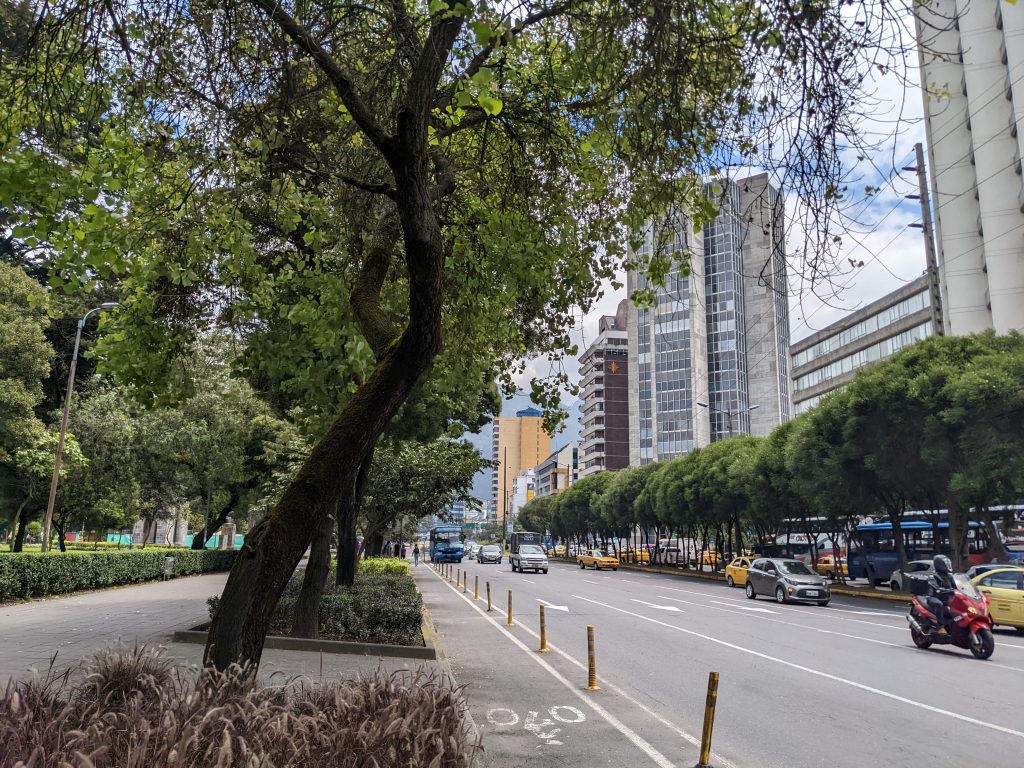
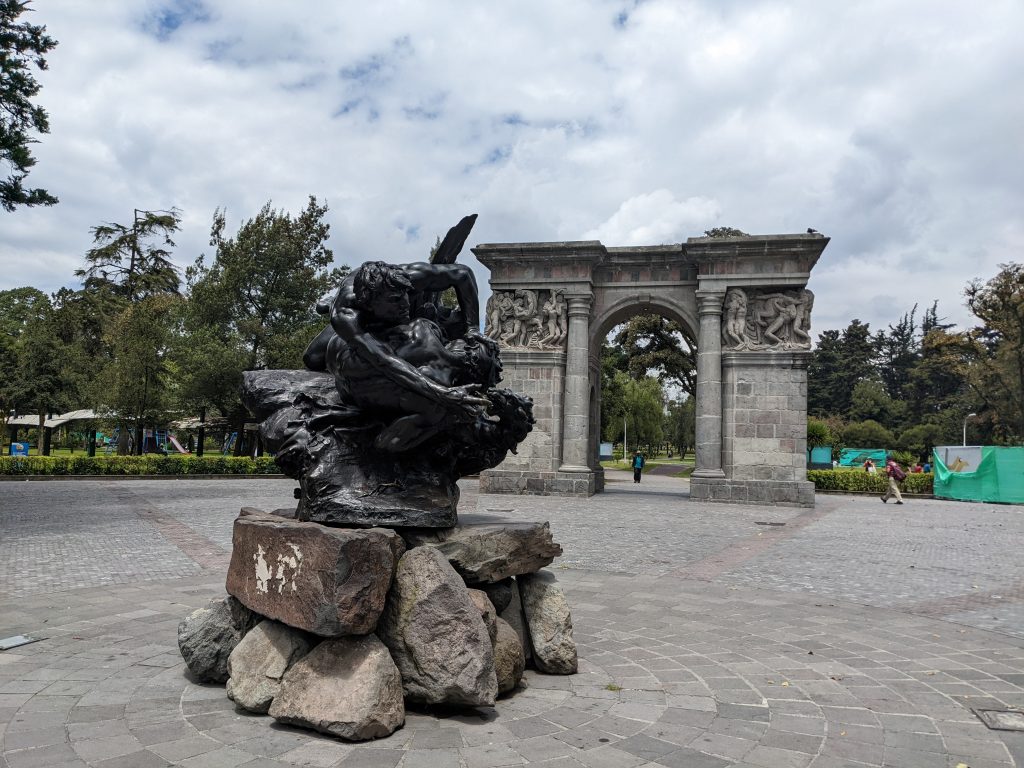
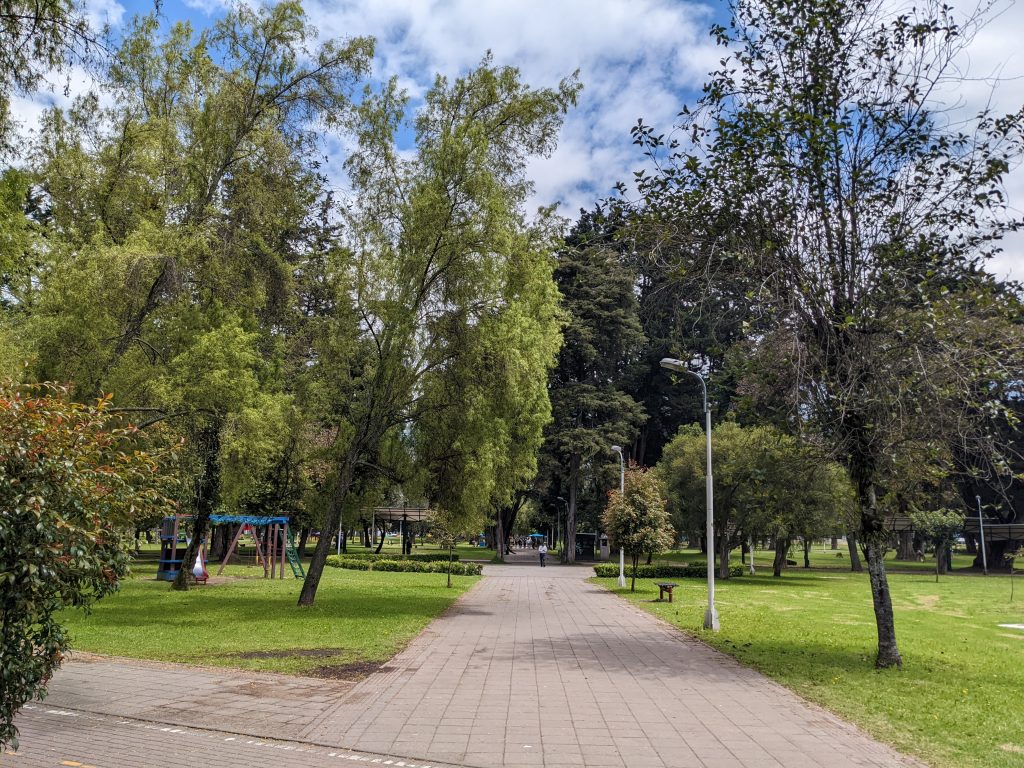
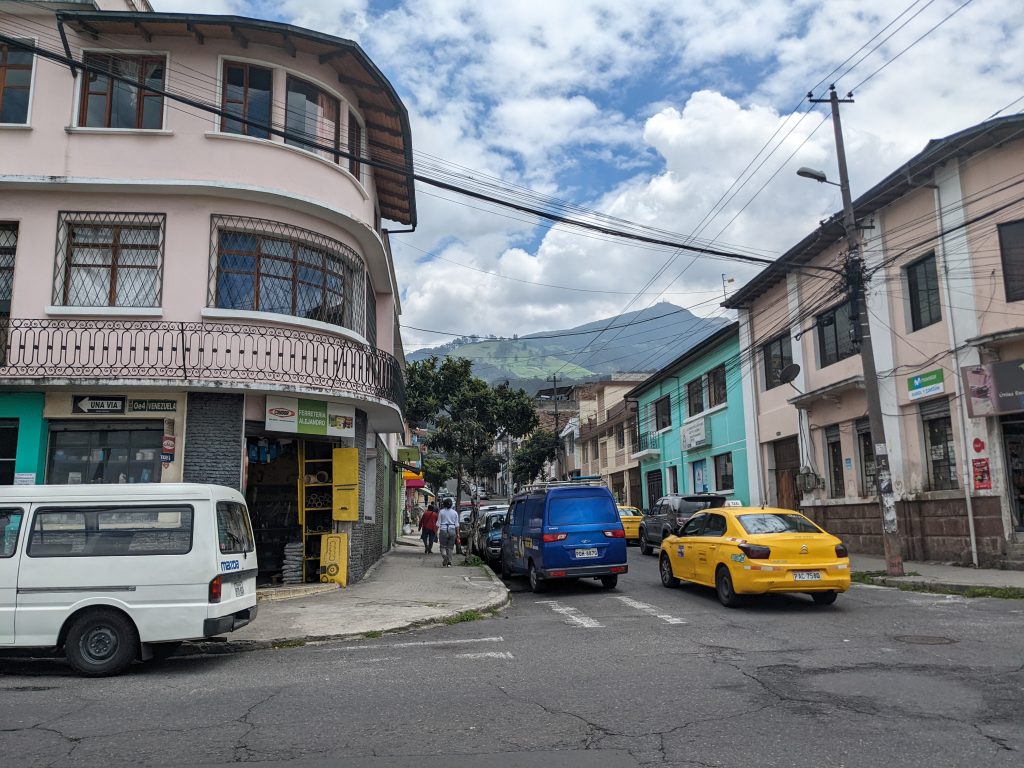
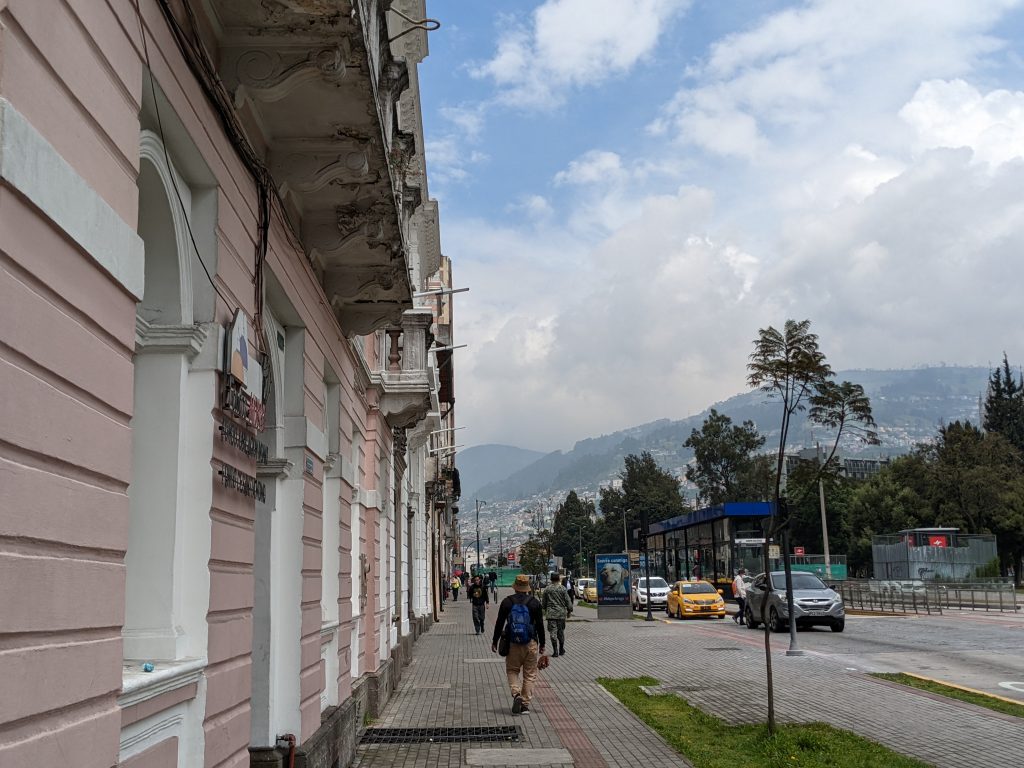
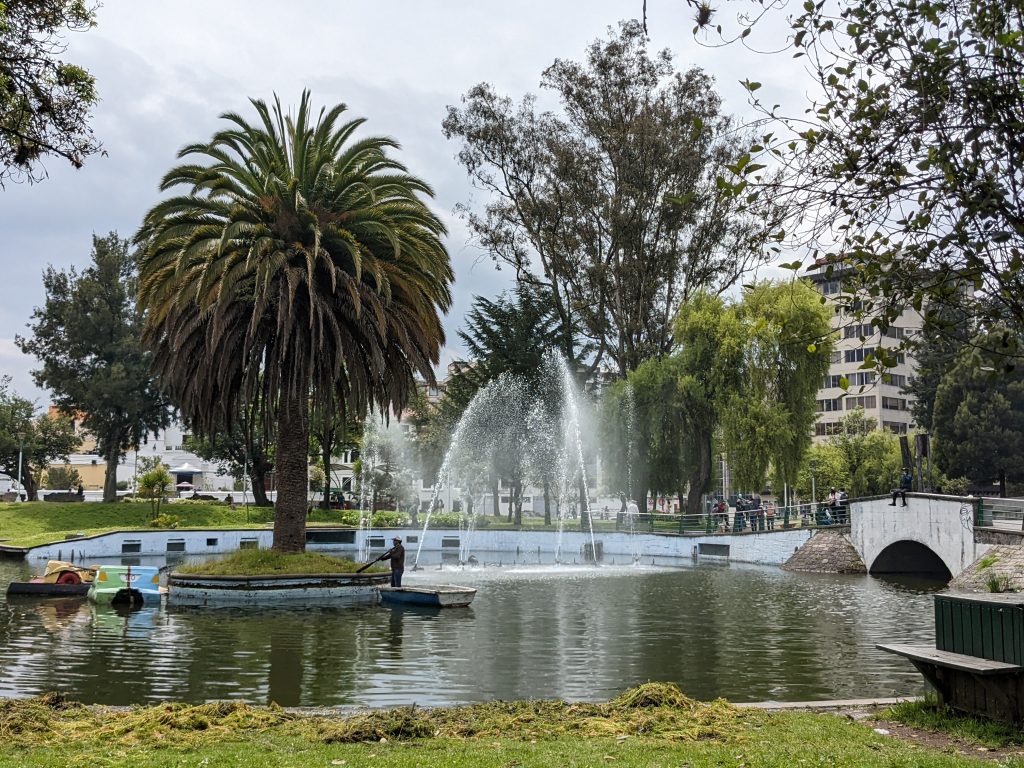
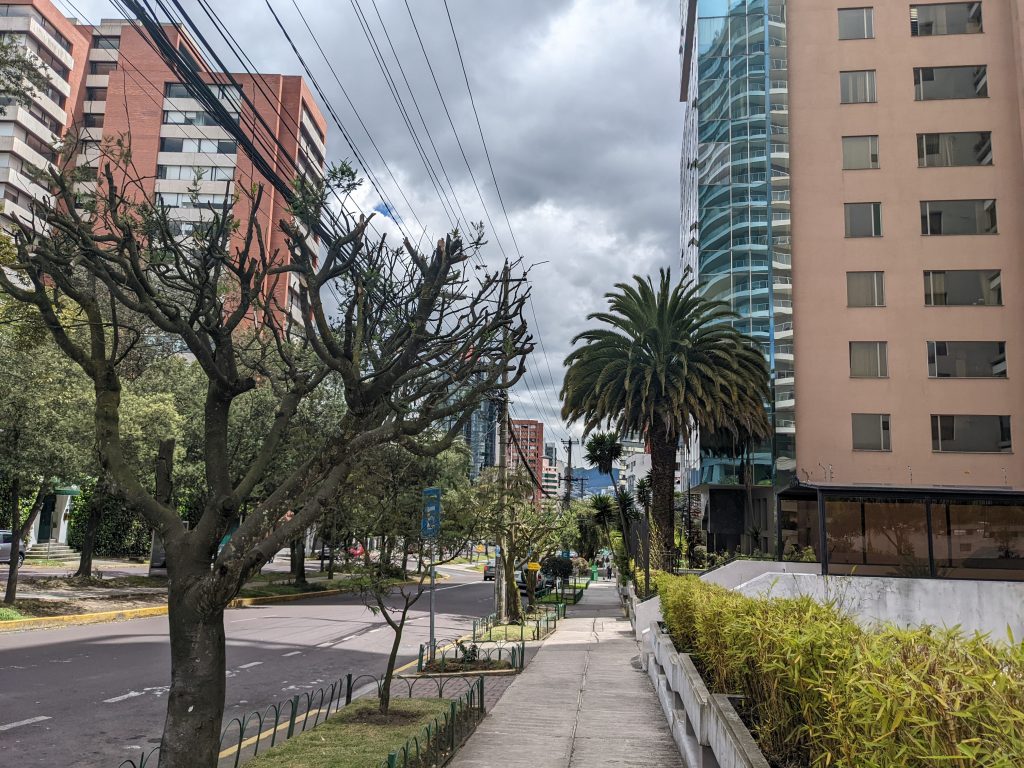
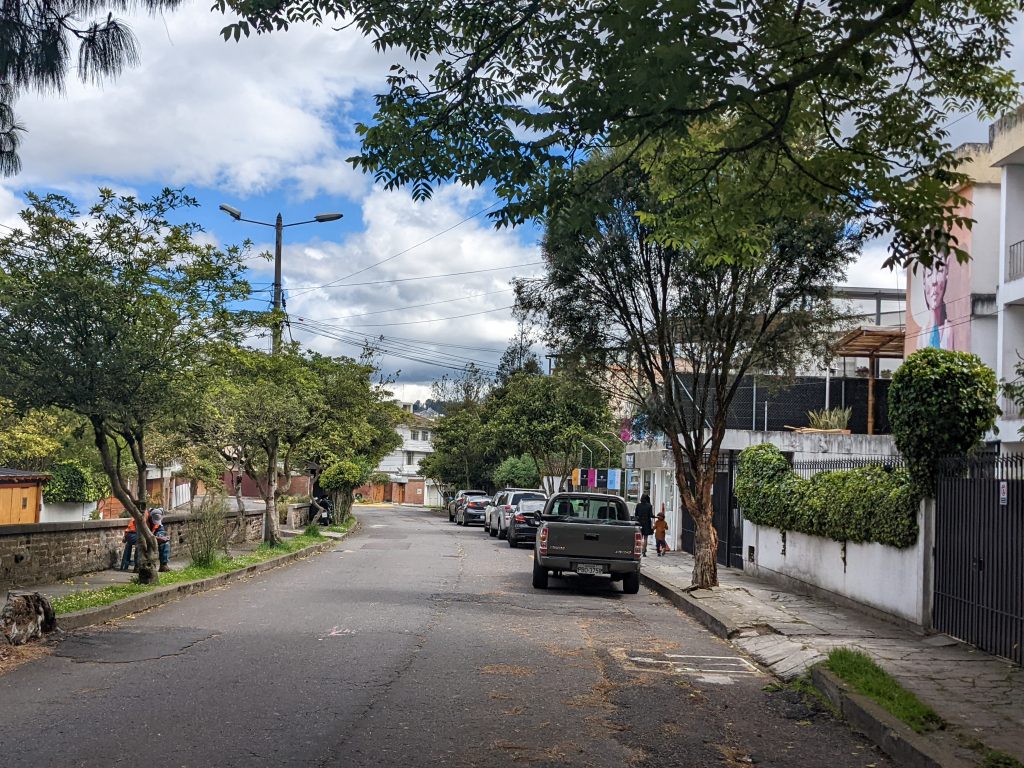
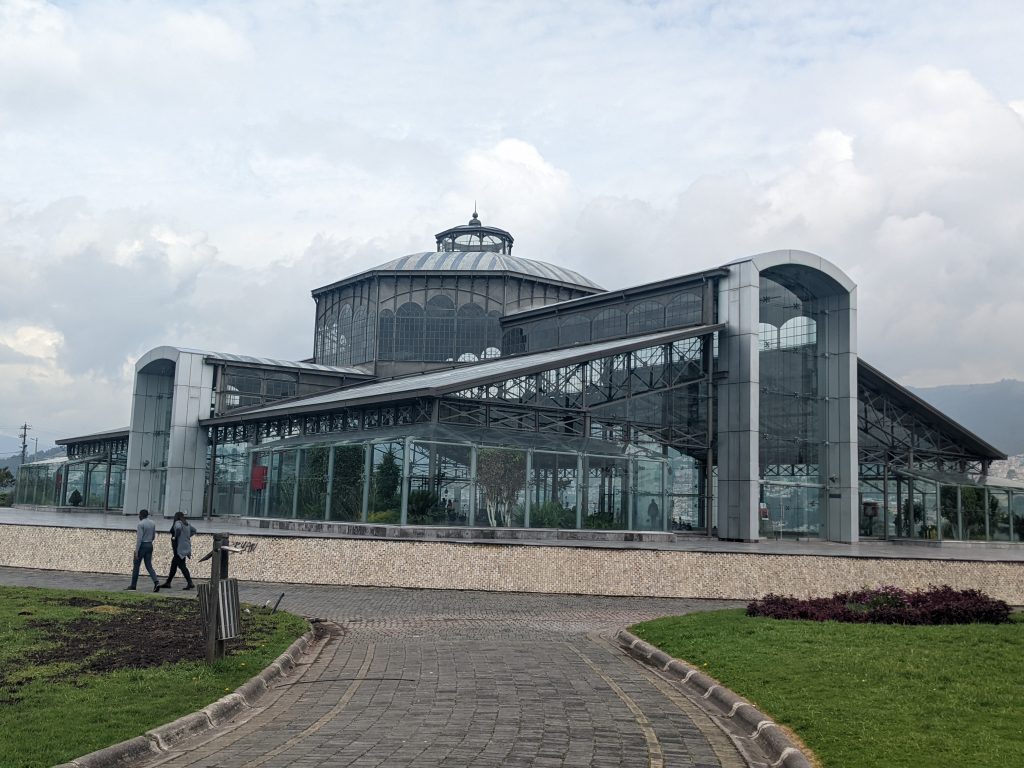
Located within the Parque La Carolina is Quito’s botanical gardens. With over 17,000 plant species, Ecuador is one of most biologically diverse countries in the world. These gardens do a magnificent job showcasing this diversity in the middle of an urban city.
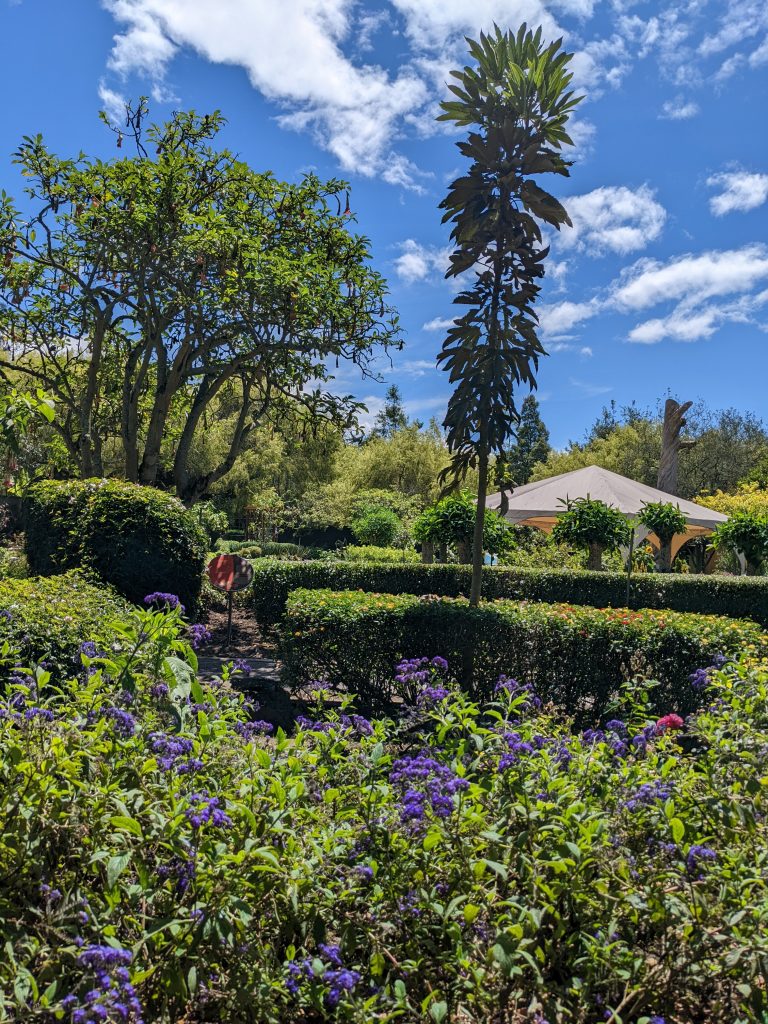
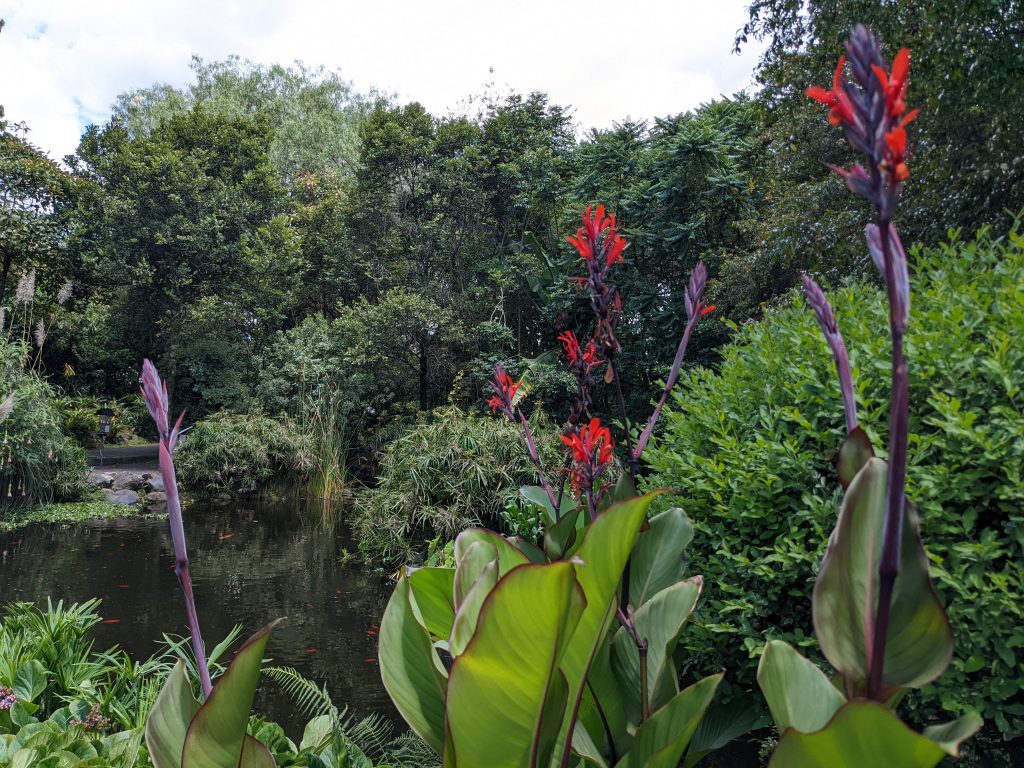
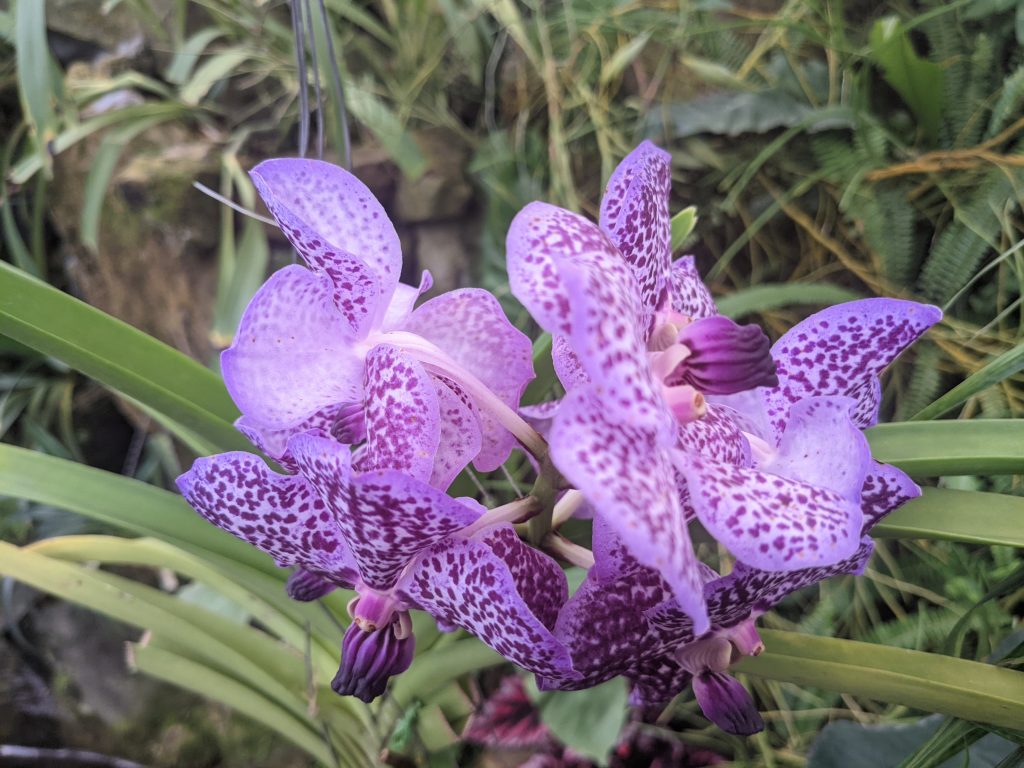
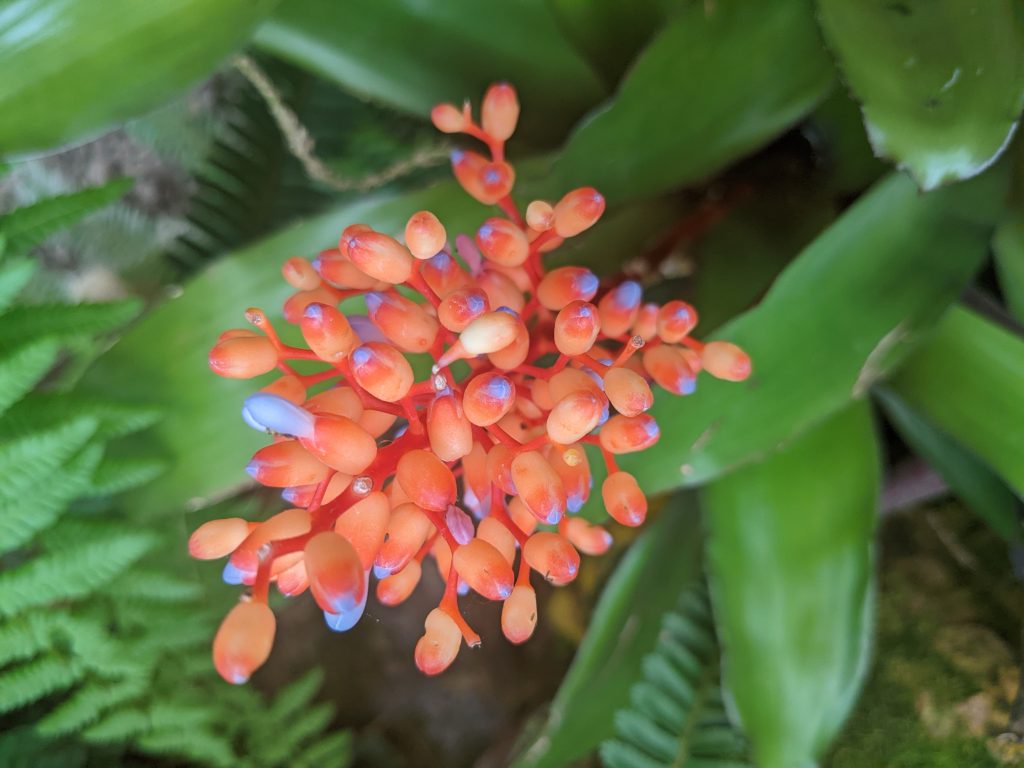
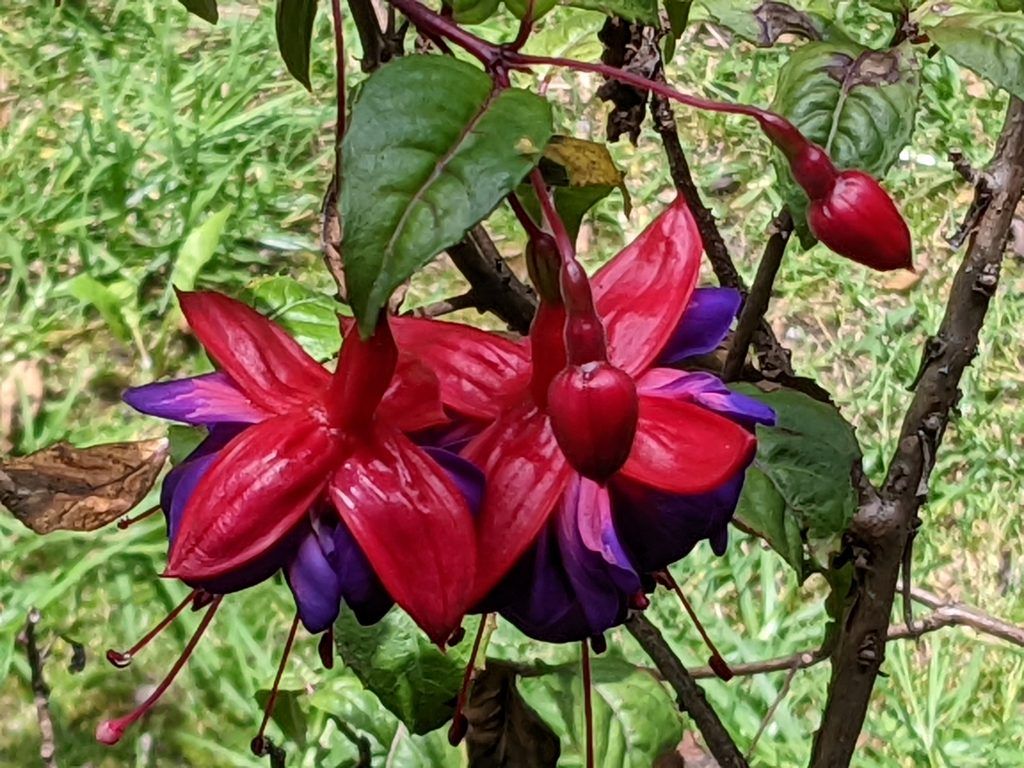
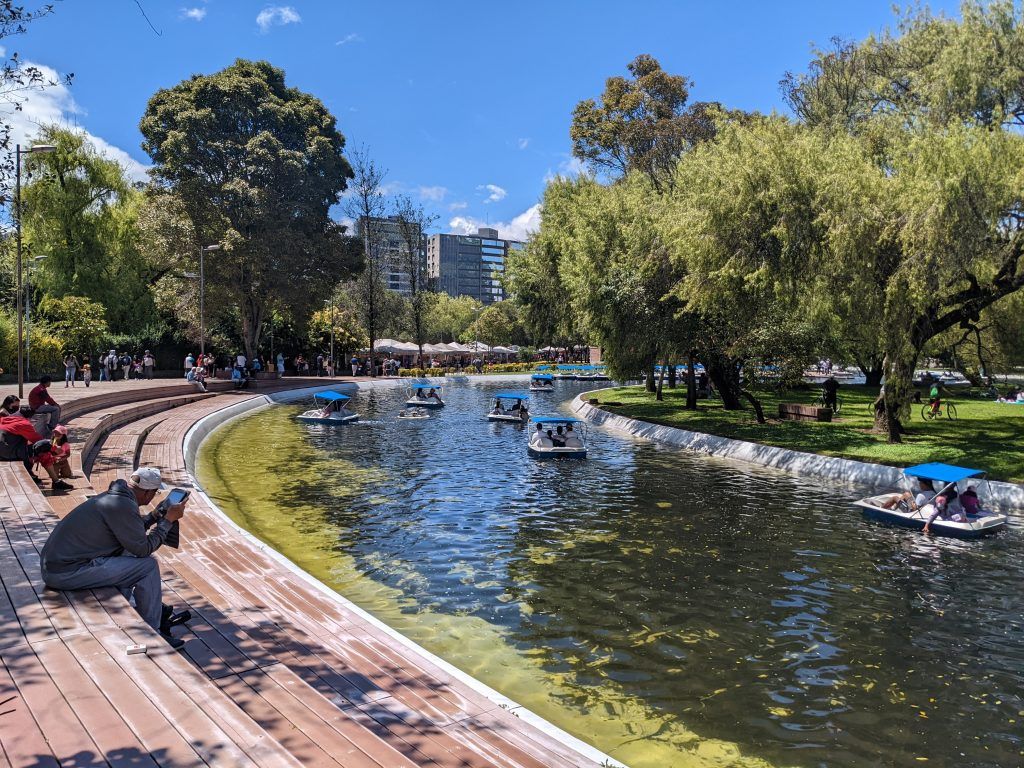
One of the most enchanting places in Quito is the Basílica del Voto Nacional, which is the largest neo-Gothic basilica in the Americas. On July 10, 1892, the first stone was placed. It then took more than 30 years to build the basilica. The first mass and the first ringing of the bells took place in 1924. Pope John Paul II blessed the church in 1985, and it was consecrated and finally inaugurated in 1988. With more than a century between its conception and inauguration, you’d expect the Basílica del Voto Nacional to be an impressive structure. And, as you can see from the pictures below, it doesn’t disappoint.
Technically speaking, the Basílica del Voto Nacional has never been completed, at least not officially. According to local legend, this permanent state of incompletion is due to a fairly weighty premise: if the basilica is ever completed, the world will come to an end.
You can actually climb up to the top section of the towers and get some fantastic views of the city.
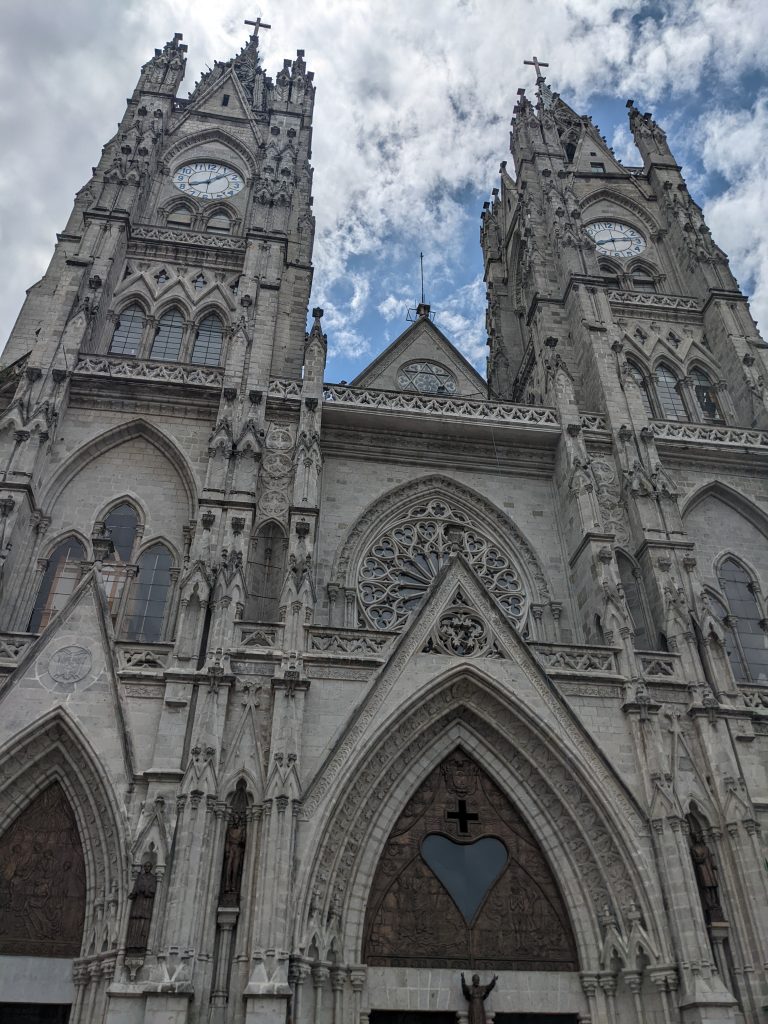
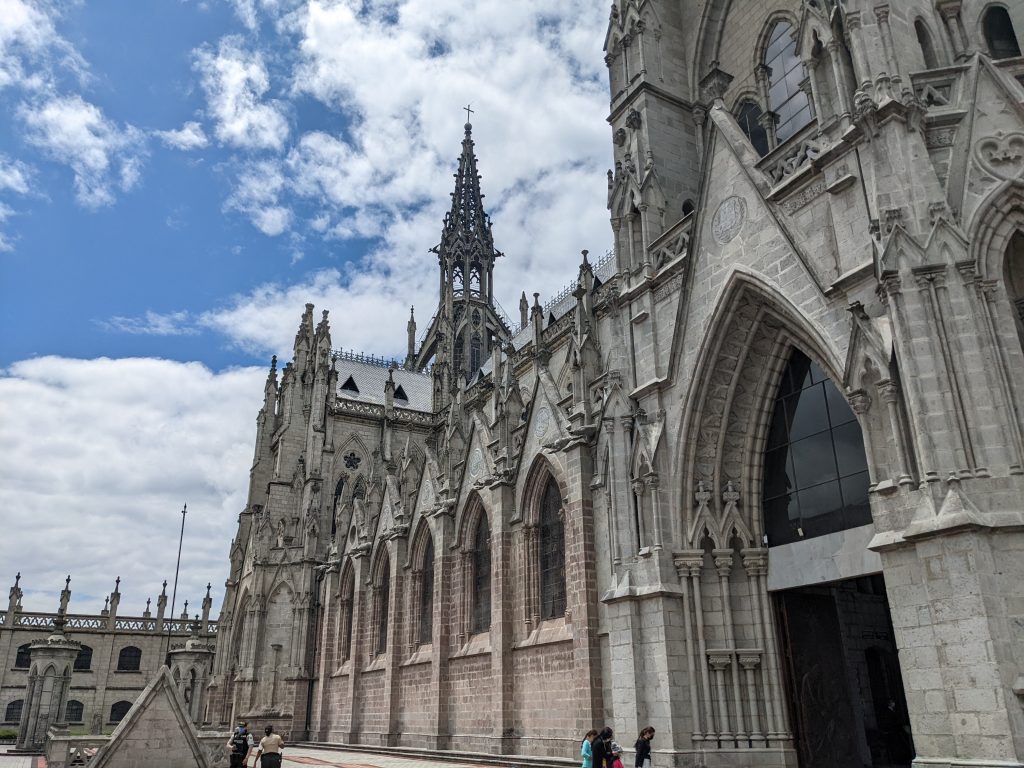
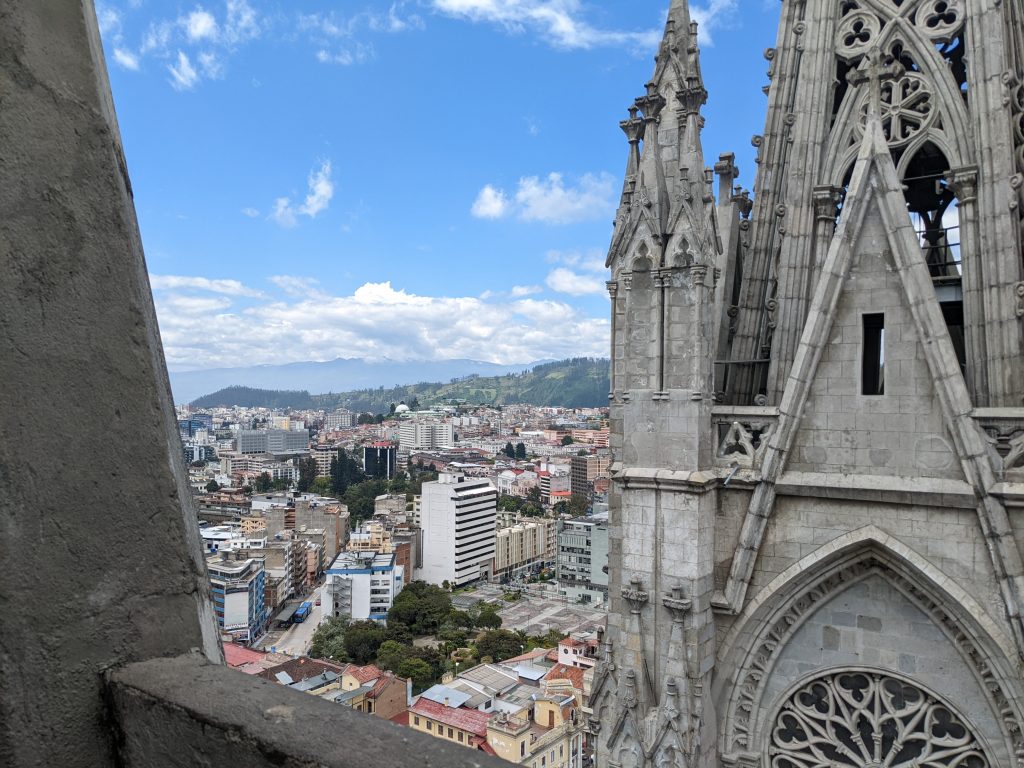
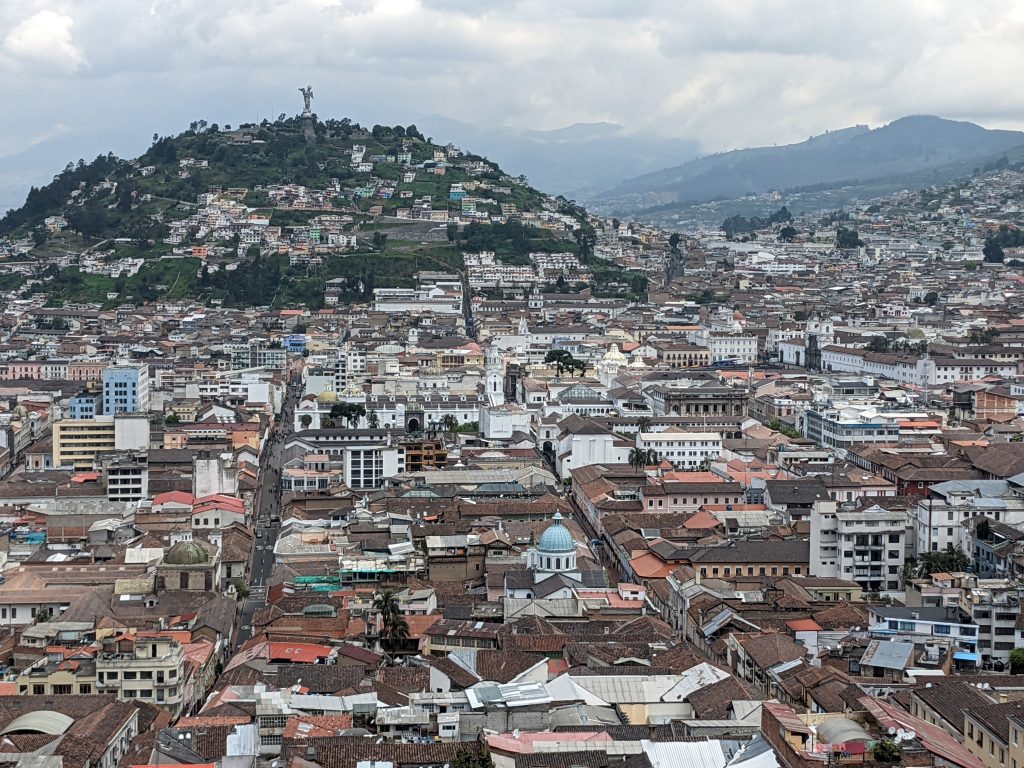
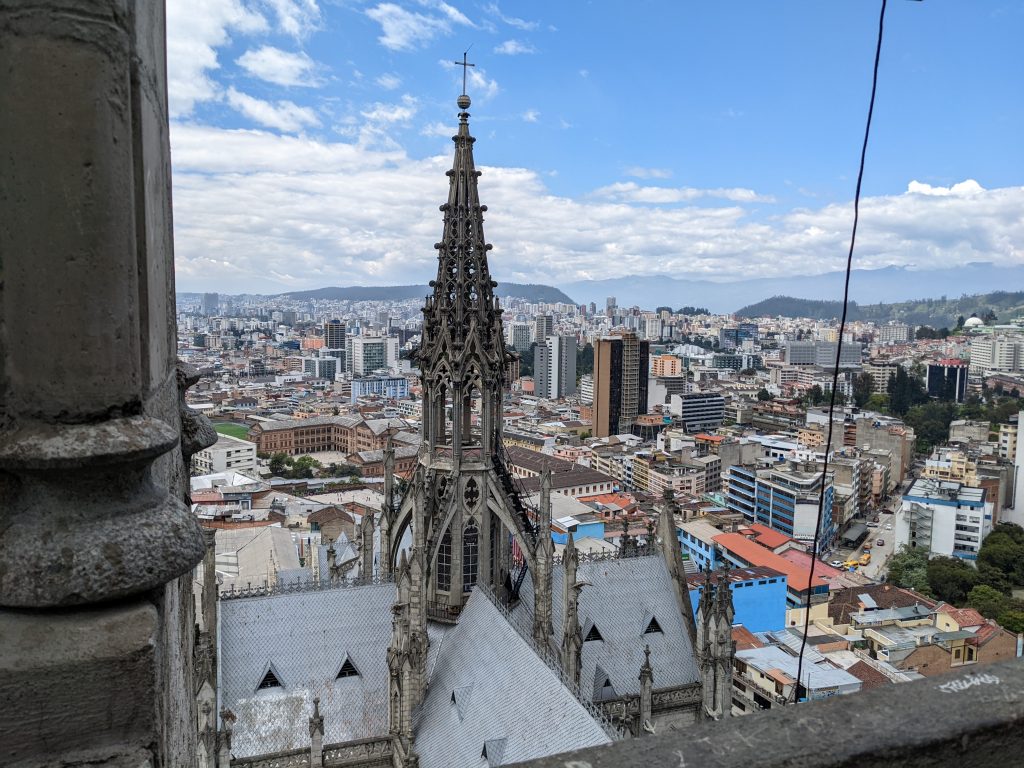
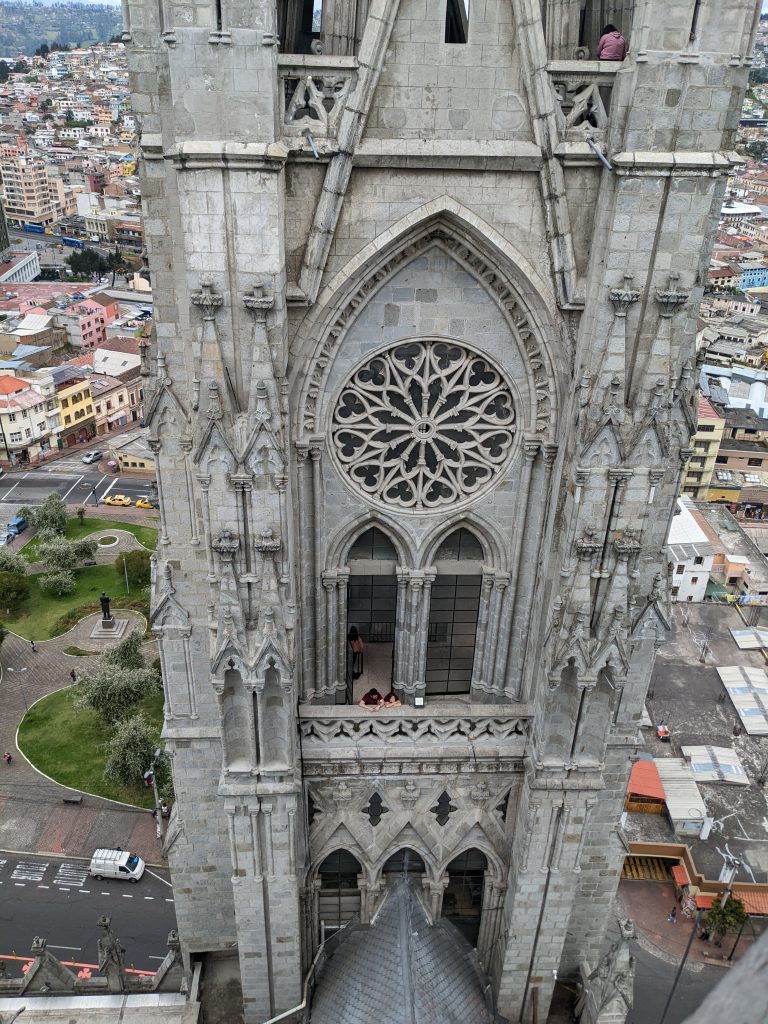
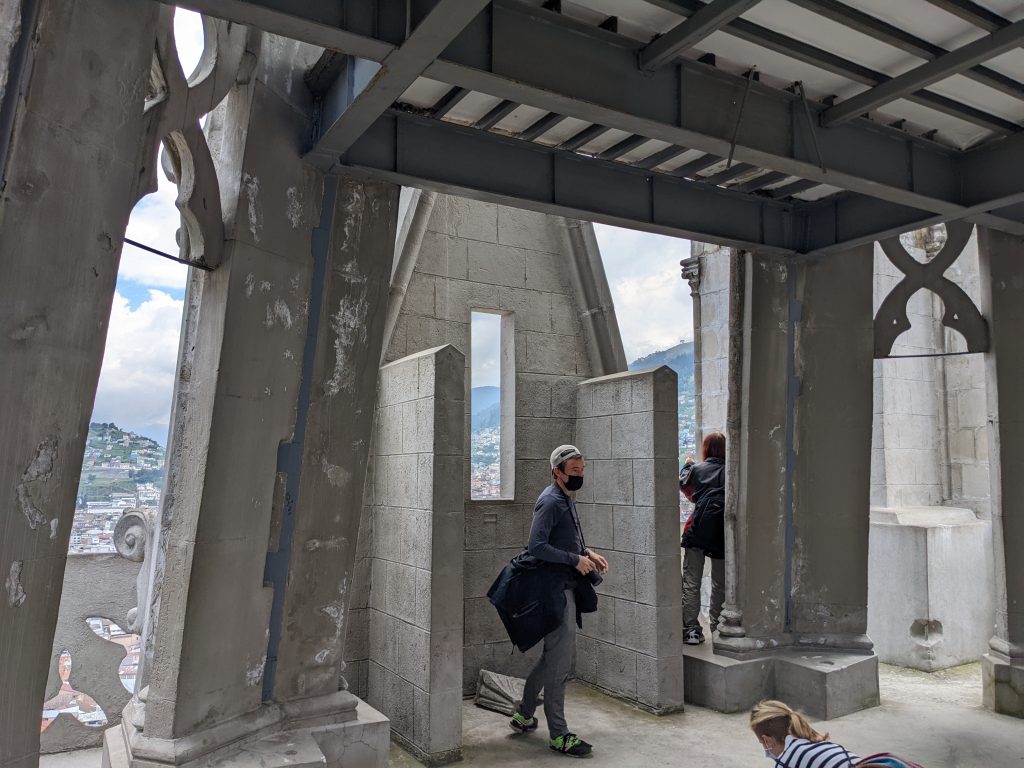
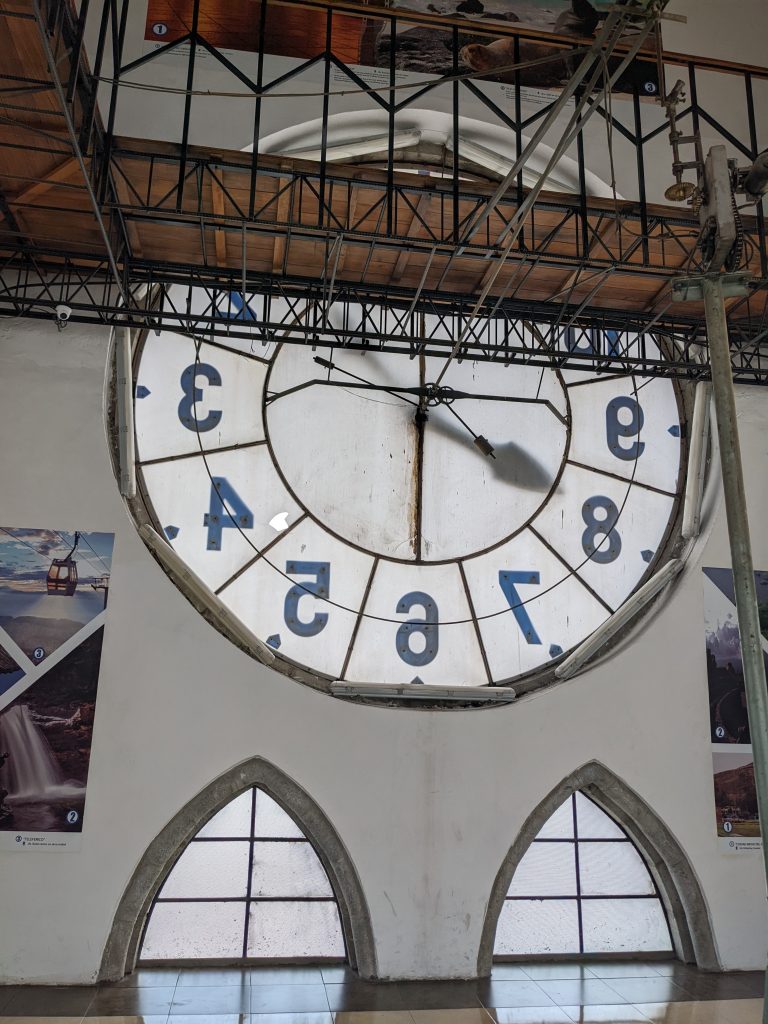
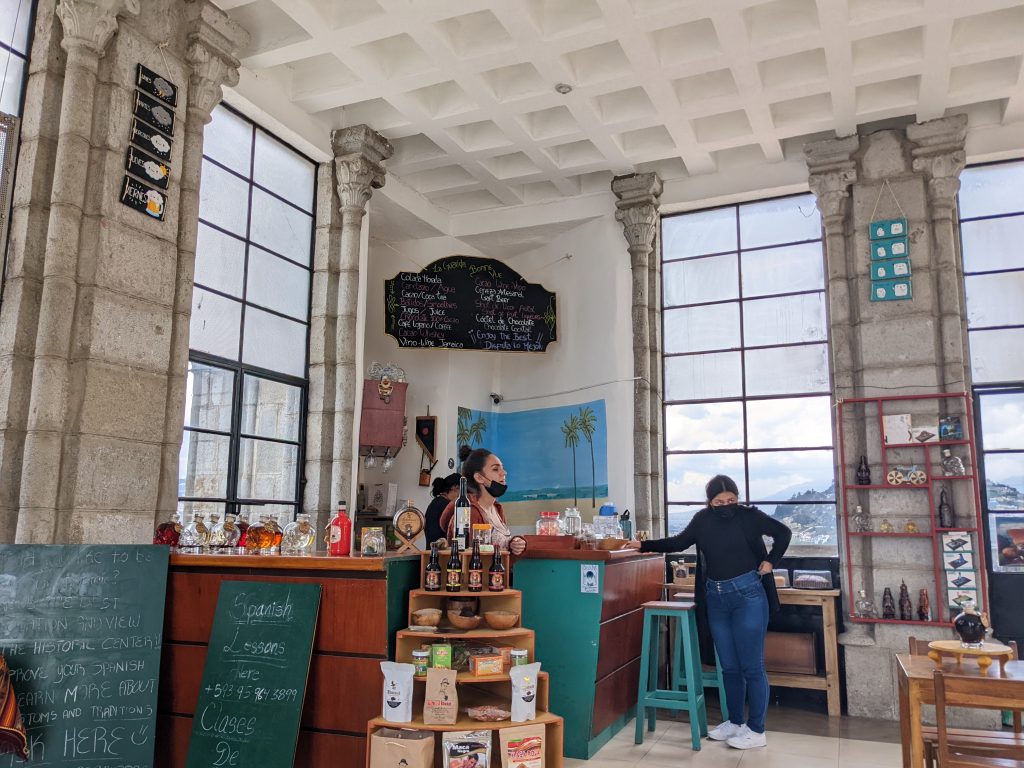
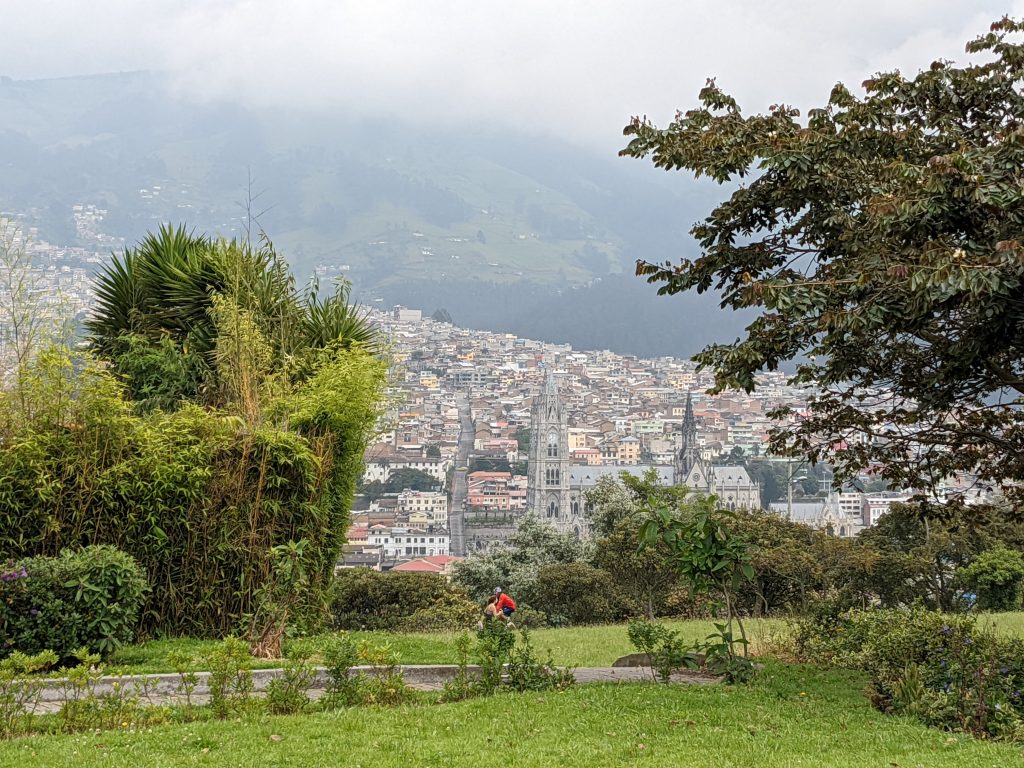
Quito has a historic center that is considered to be among the largest and best-preserved in the Americas. Quito and Kraków, Poland were the first World Cultural Heritage Sites declared by UNESCO in 1978. It’s a nice place to walk around in.
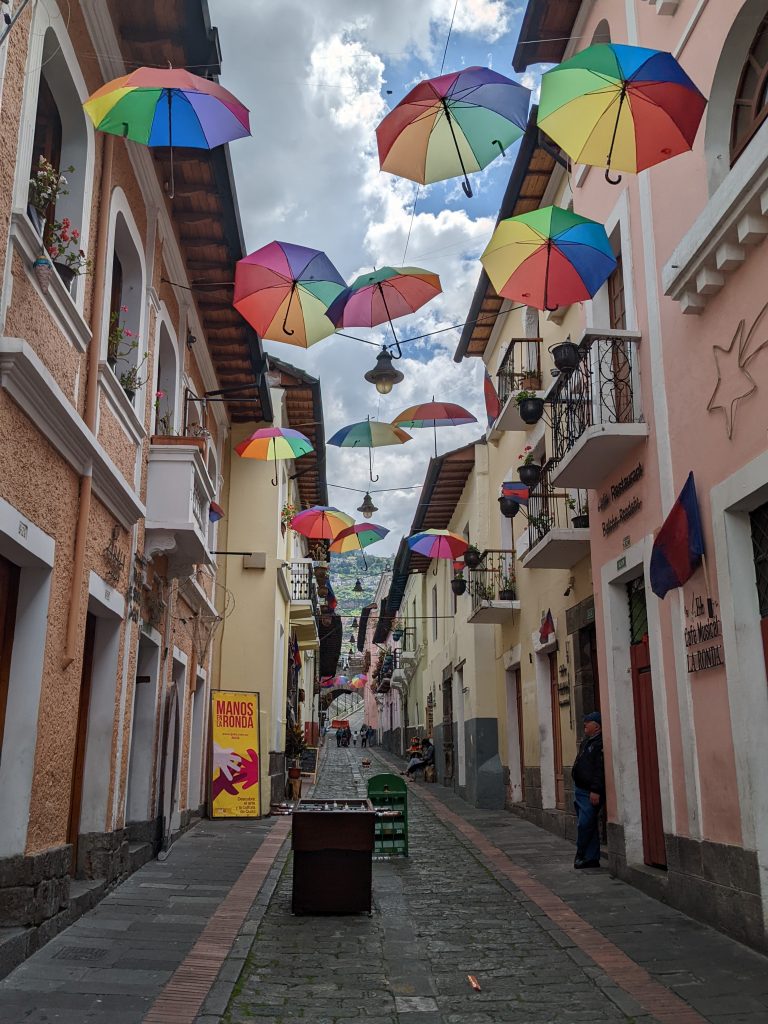
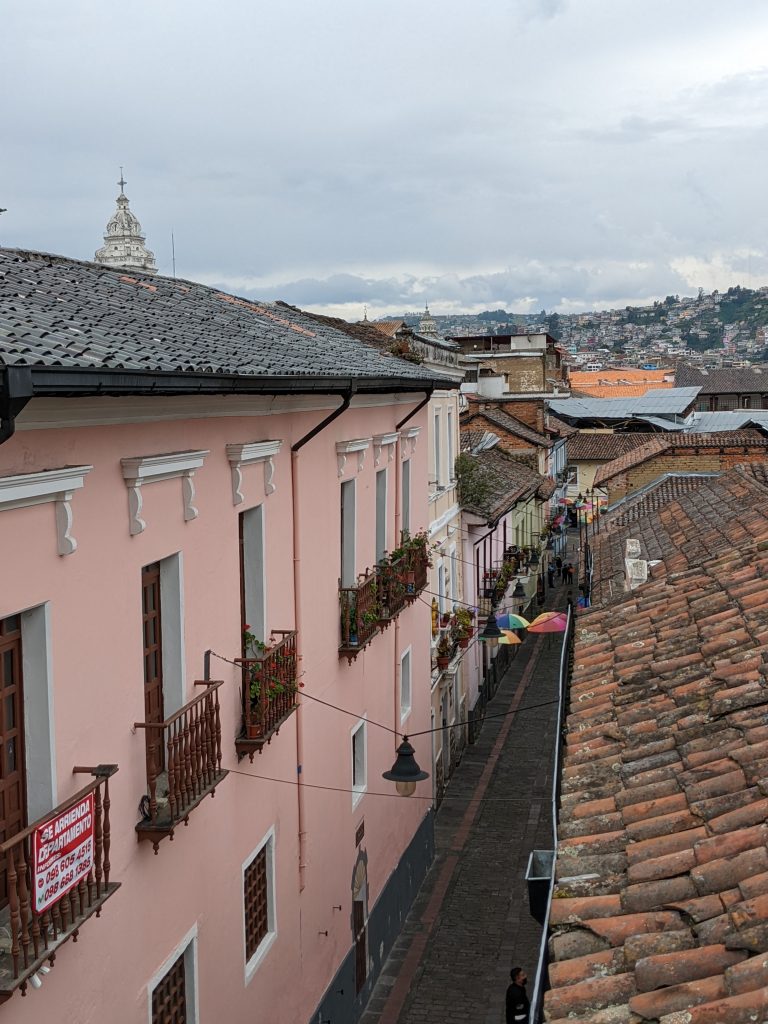
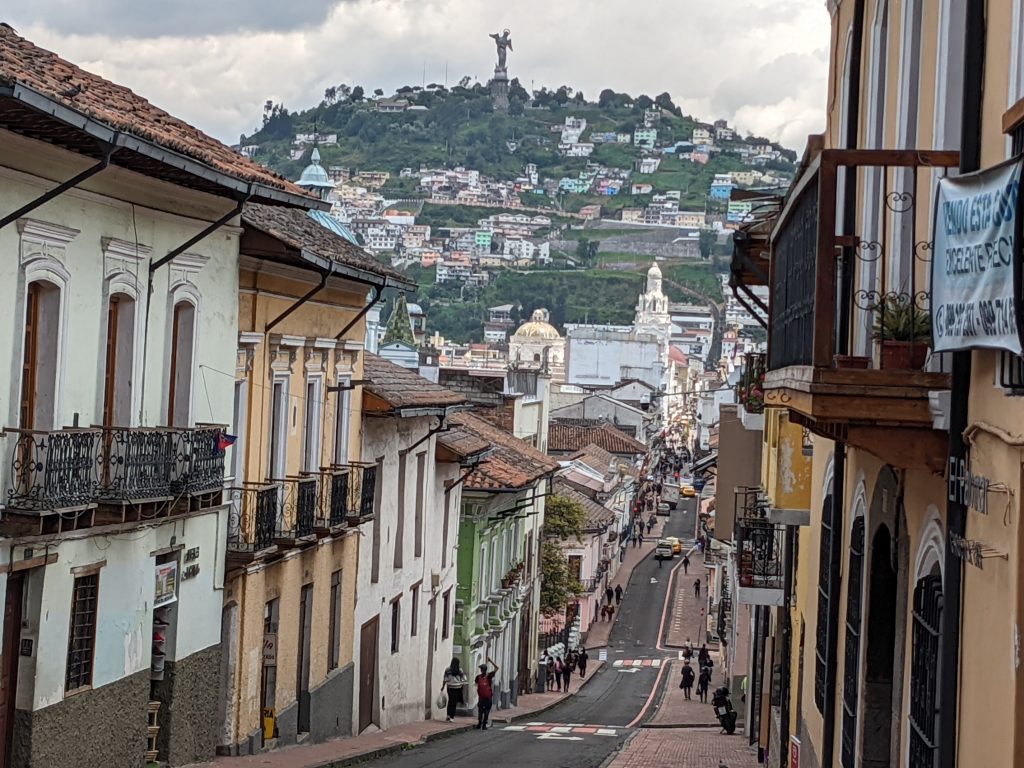
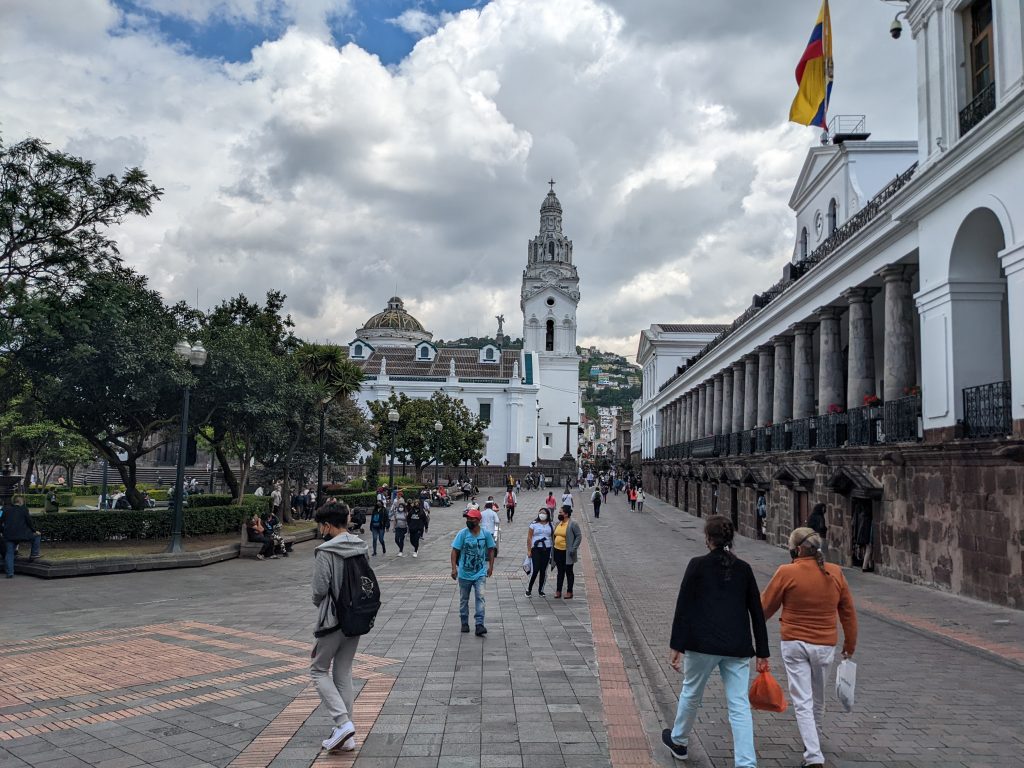
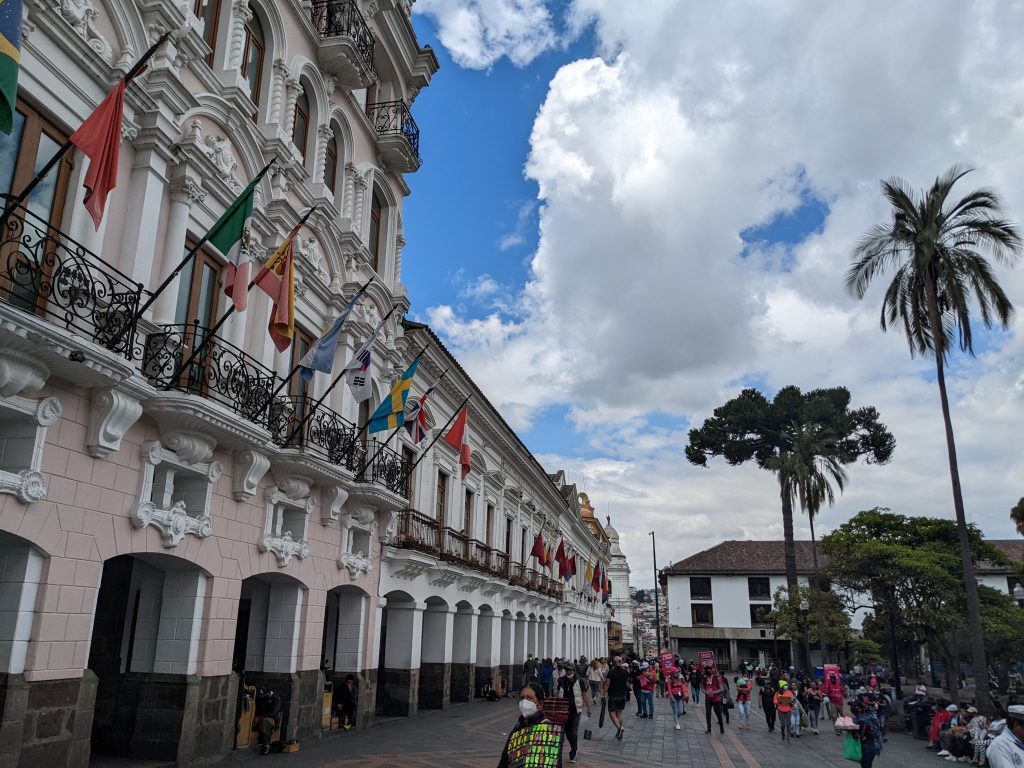
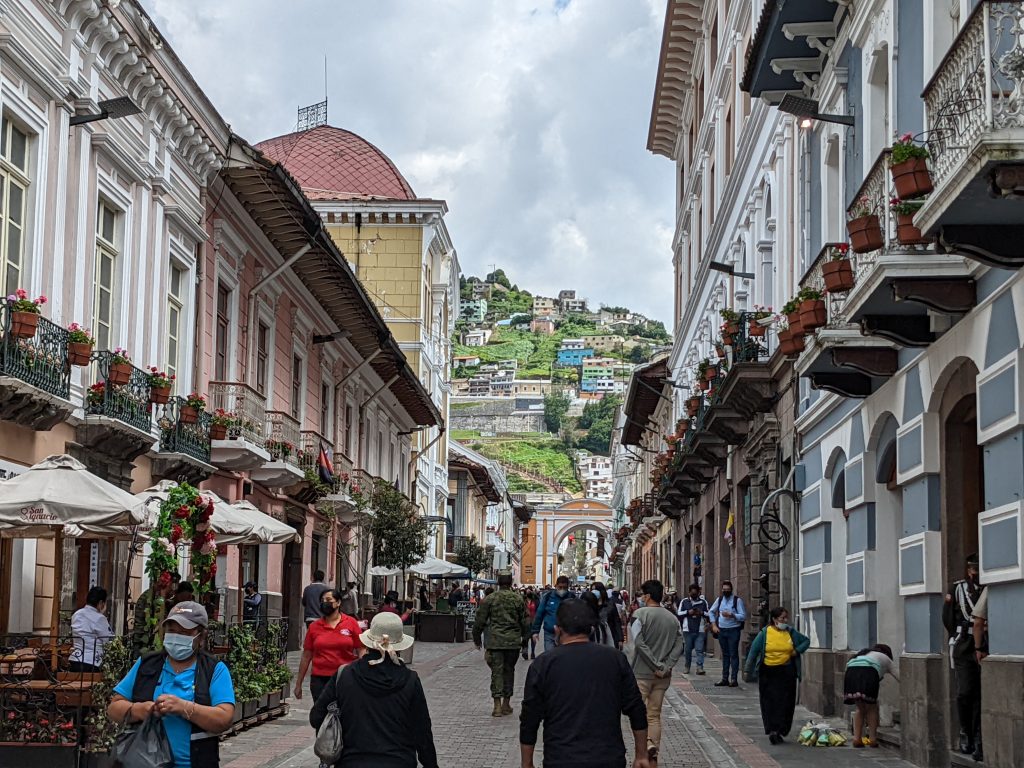
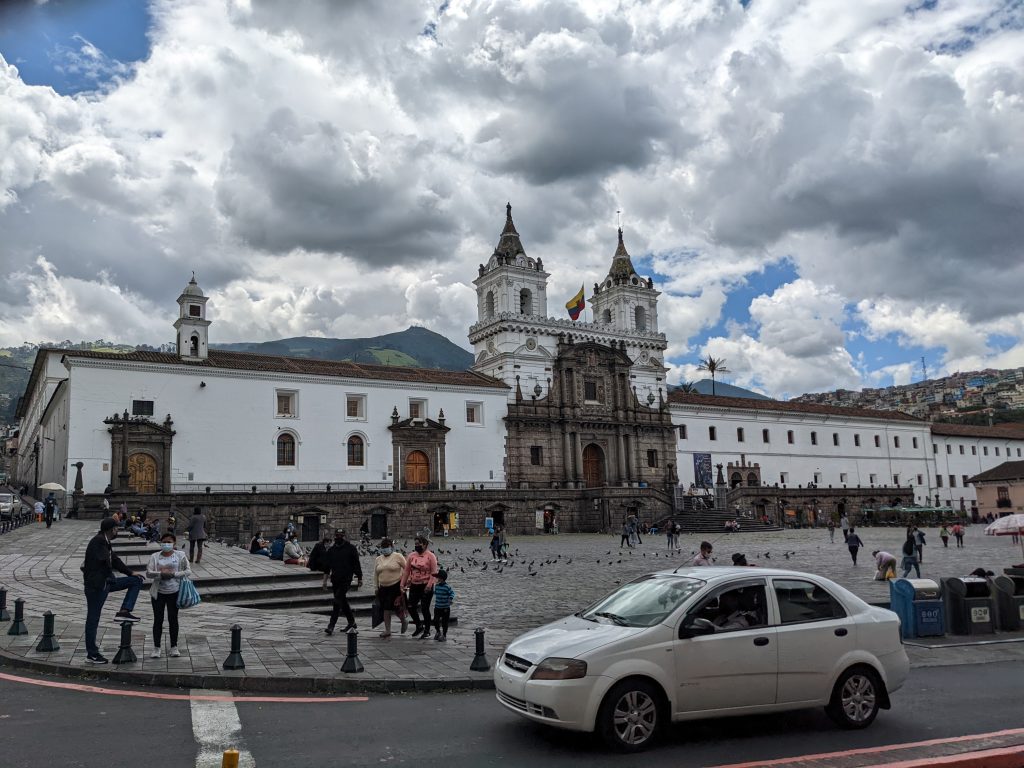
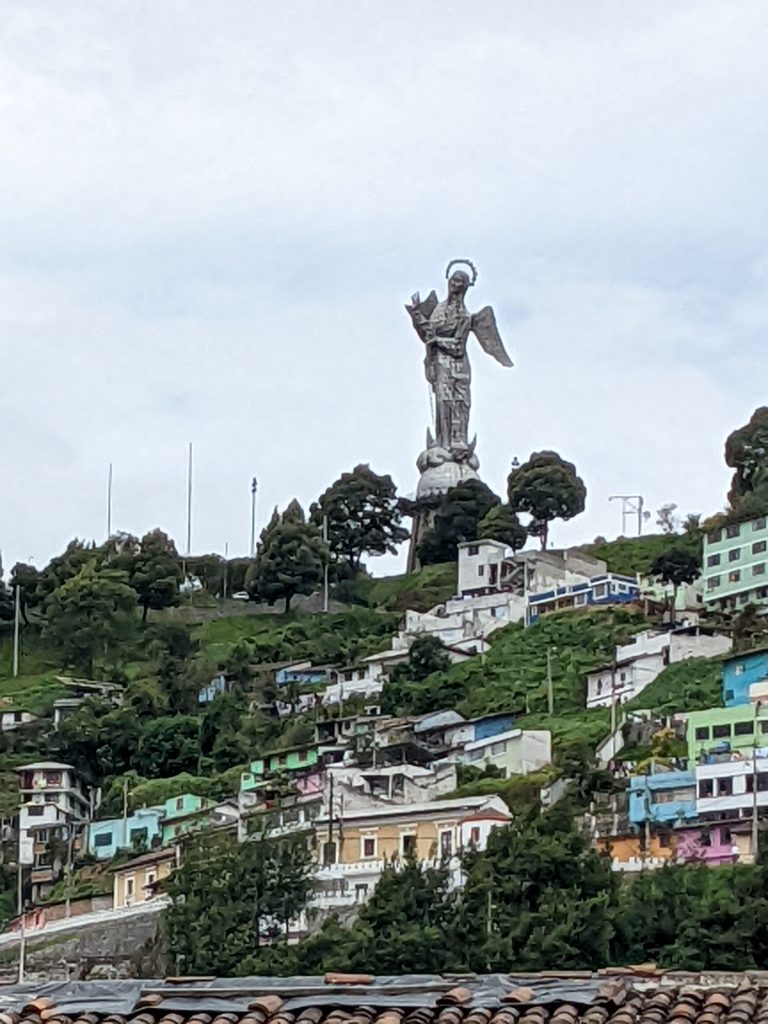
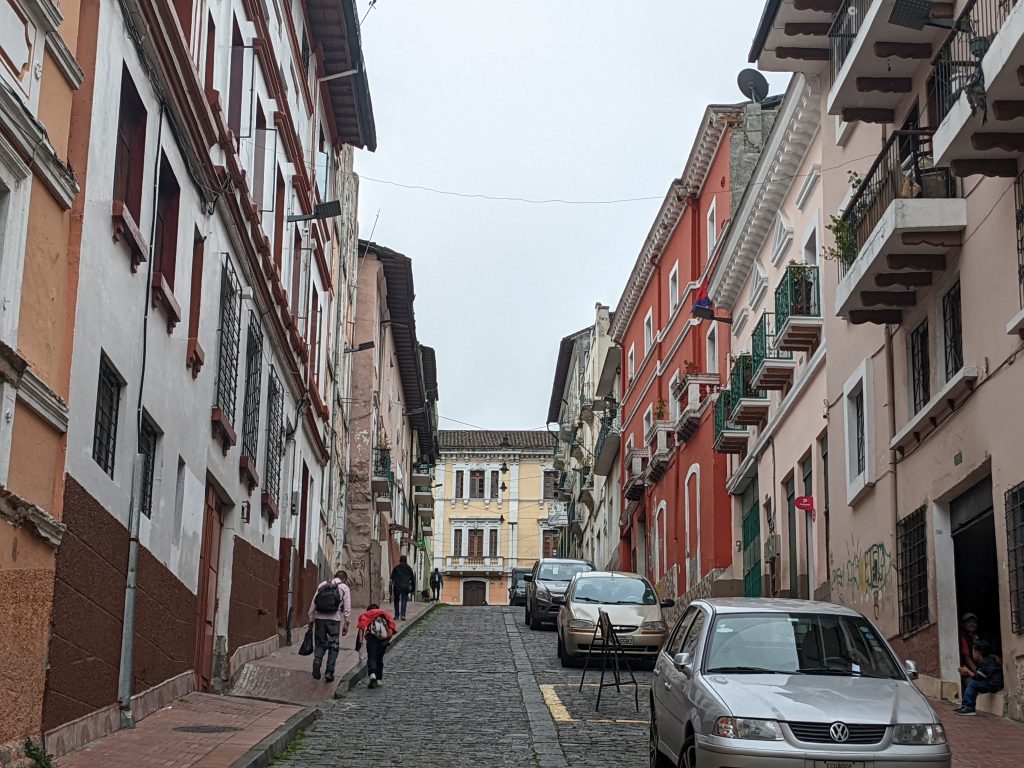
Centro Cultural Metropolitano is a cultural institution in the historic center established in 1997 in a building which dates to 1622. The First Central University was in this building. It also was a jail where Spanish authorities executed insurgents during the Ecuadorian War of Independence. It’s a beautiful building that has a nice cafe, some cool exhibits and an amazing looking library.
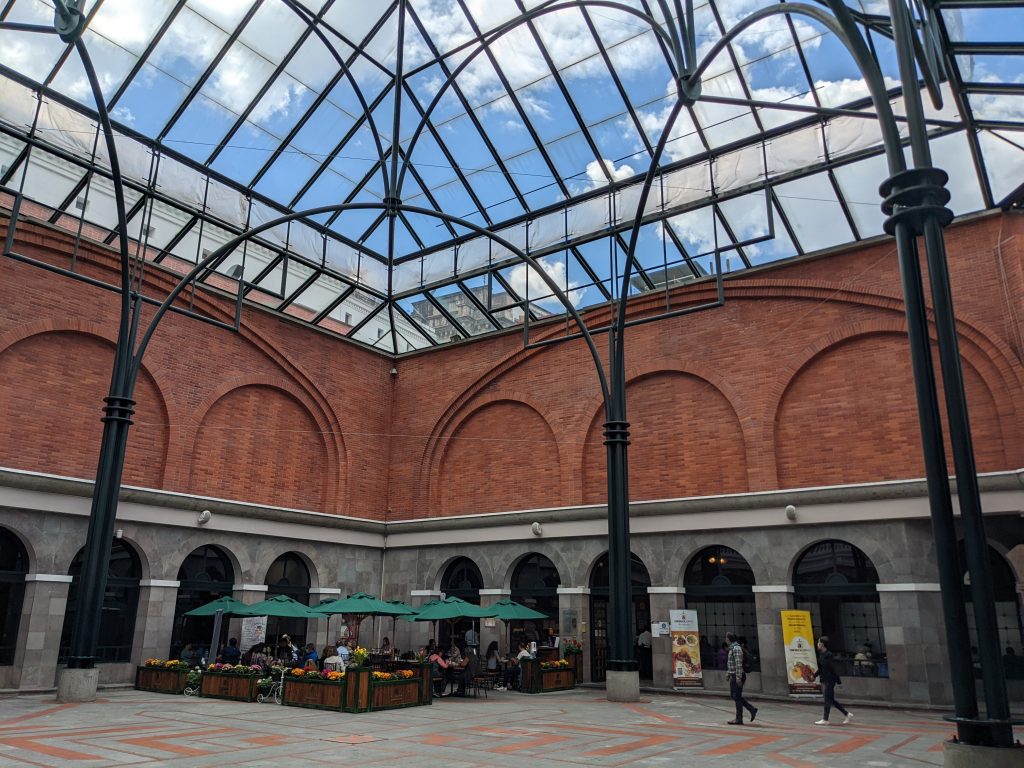
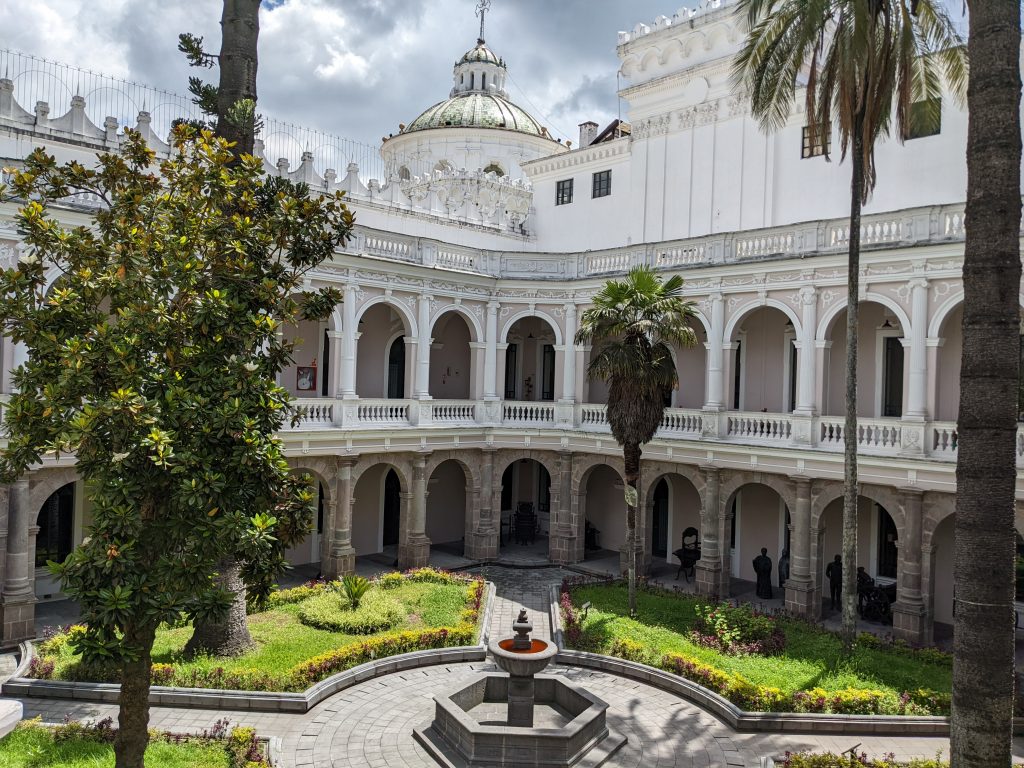
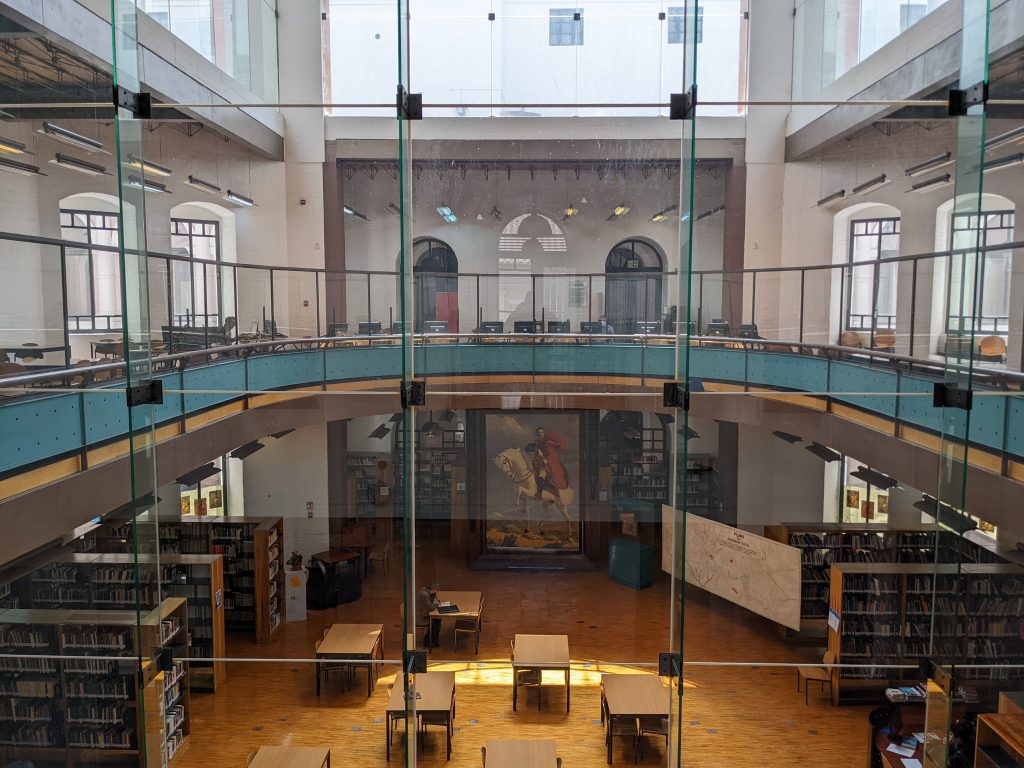
Quito’s TelefériQo is one of the highest cable car lifts in the world. It brings passengers up to an altitude of about 4,000 meters (over 13,000 feet). The 2.5-kilometer ride on the aerial gondola itself is a lot of fun. The upper TeleferiQo station is actually on the eastern slope of the Pichincha Volcano, a somewhat active volcano that stretches up to 4,698 meters (15,413 ft) high.
In October 1999, the volcano erupted and covered the city with several inches of ash. Before that, the last major eruptions were in 1553 and in 1660, when about 12 inches of ash fell on the city.
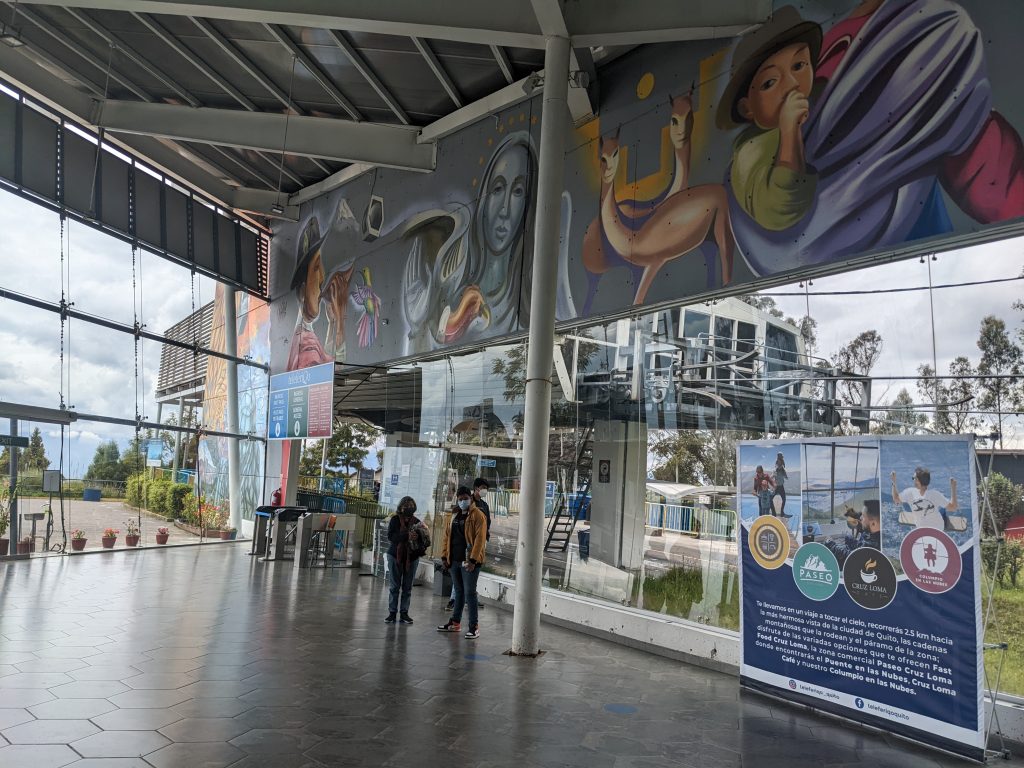
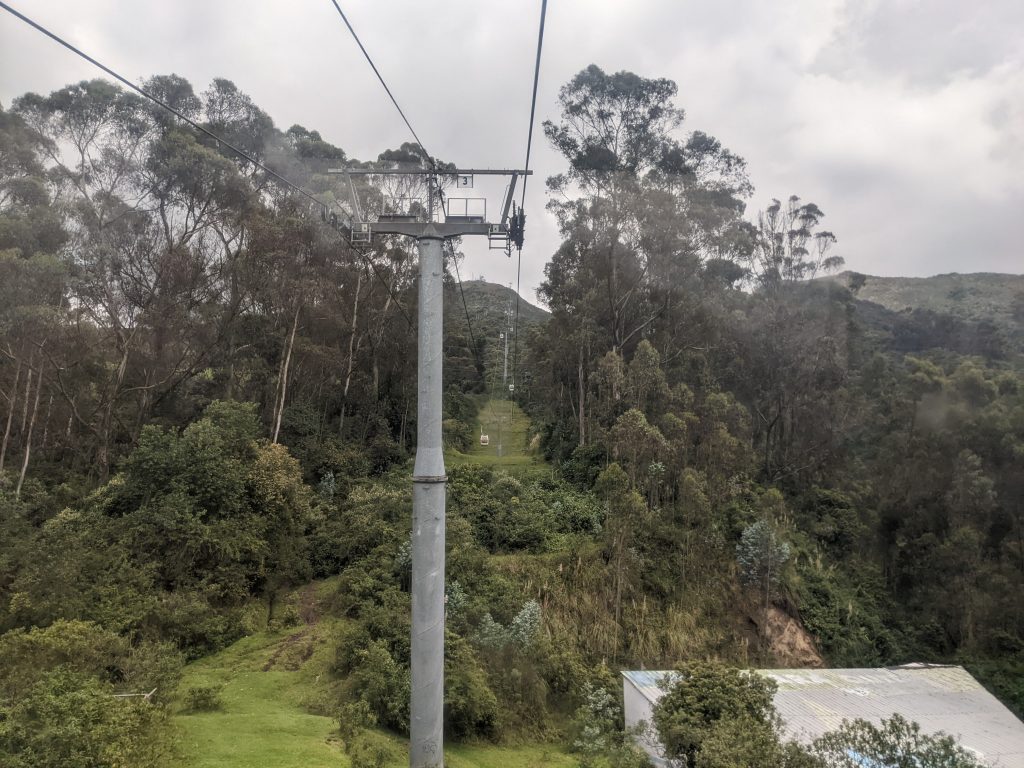
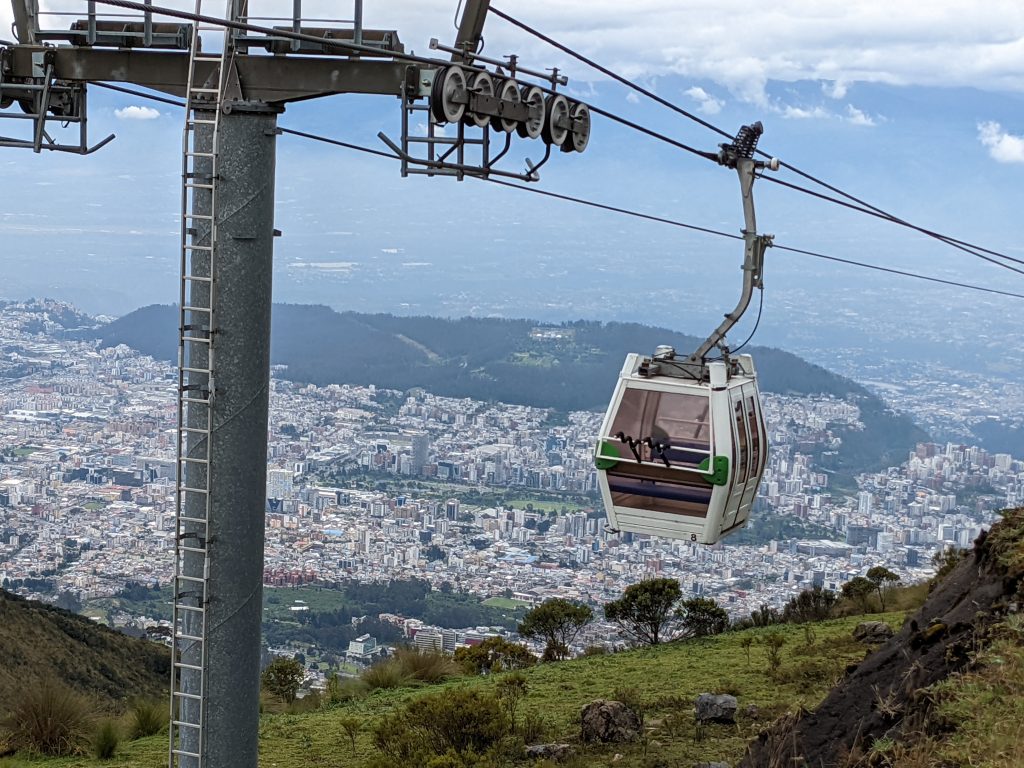
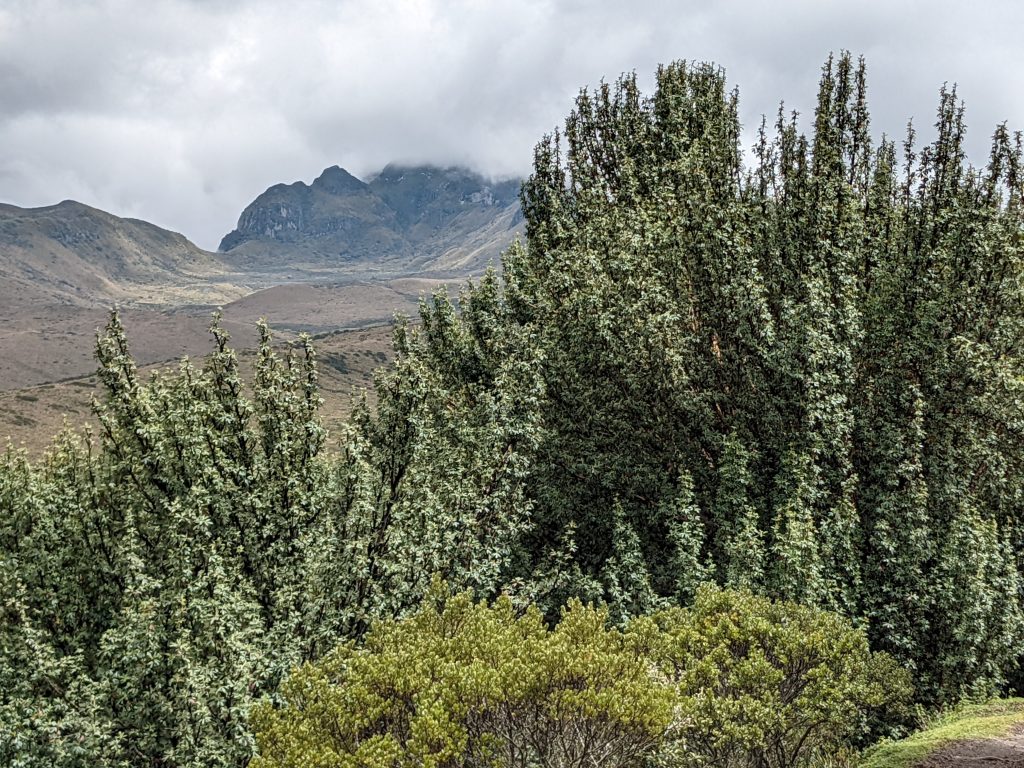
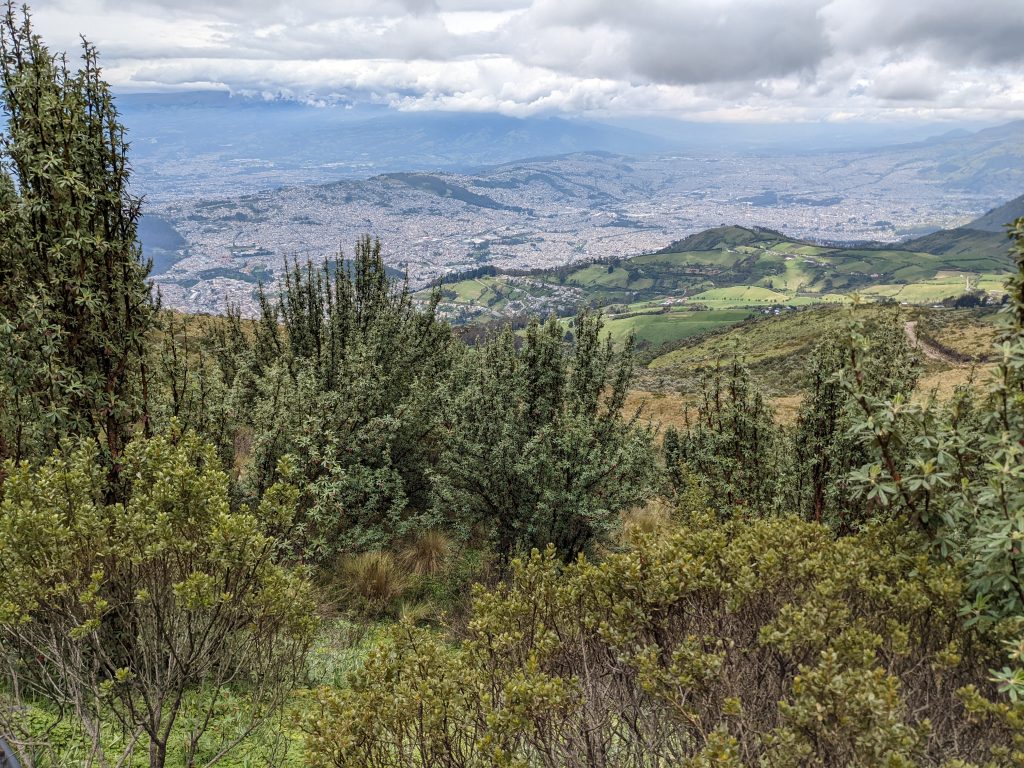
The painter Oswaldo Guayasamín’s La Capilla del Hombre (“The Chapel of Man”) is a fascinating small museum that displays a small amount of his work. He designed the museum, but died in 1999 just a few years before it was built. He’s considered to be Ecuador’s most famous painter and was world renowned for his work. He was also personal friends with many contemporary artists from around the world.
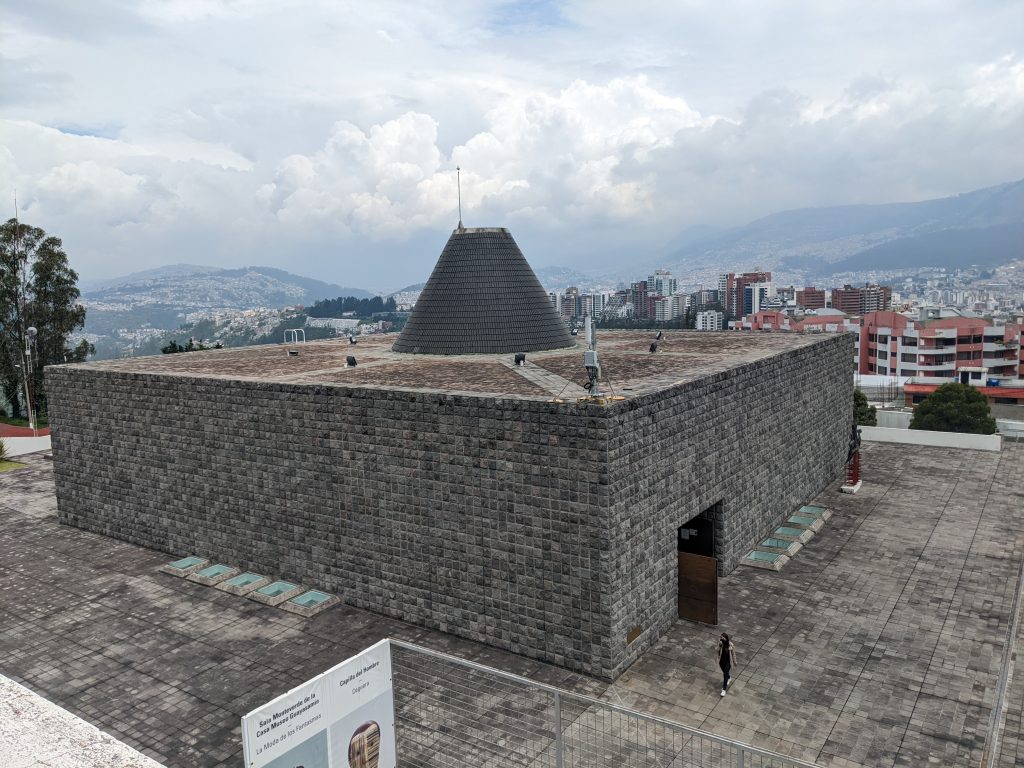
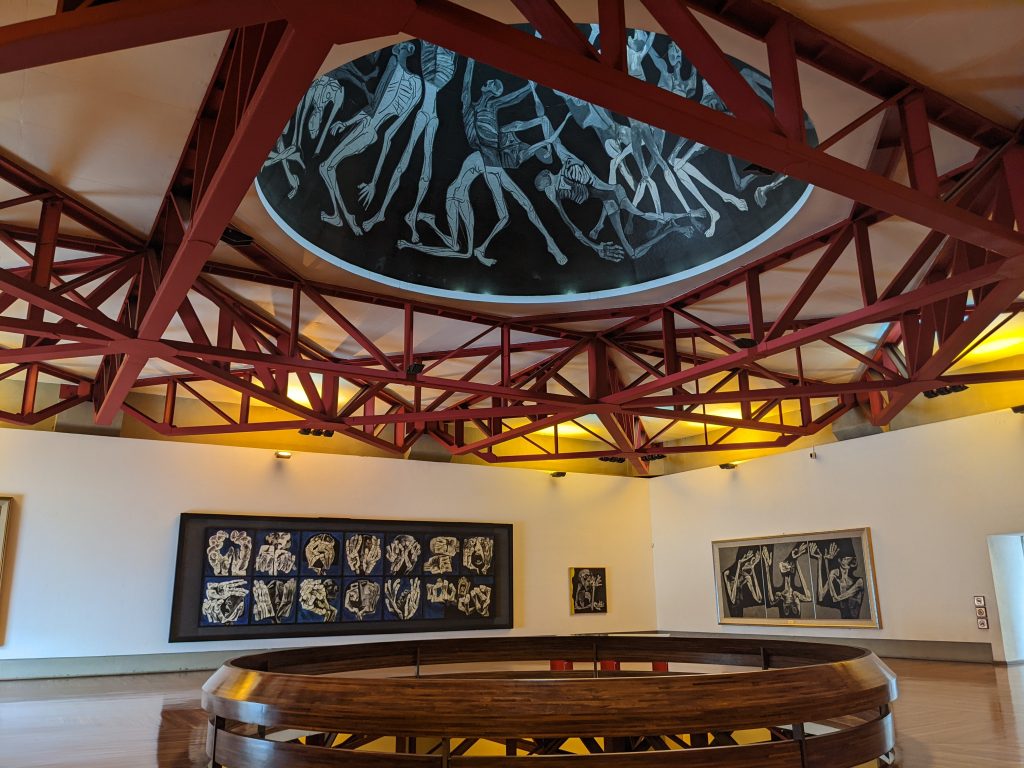
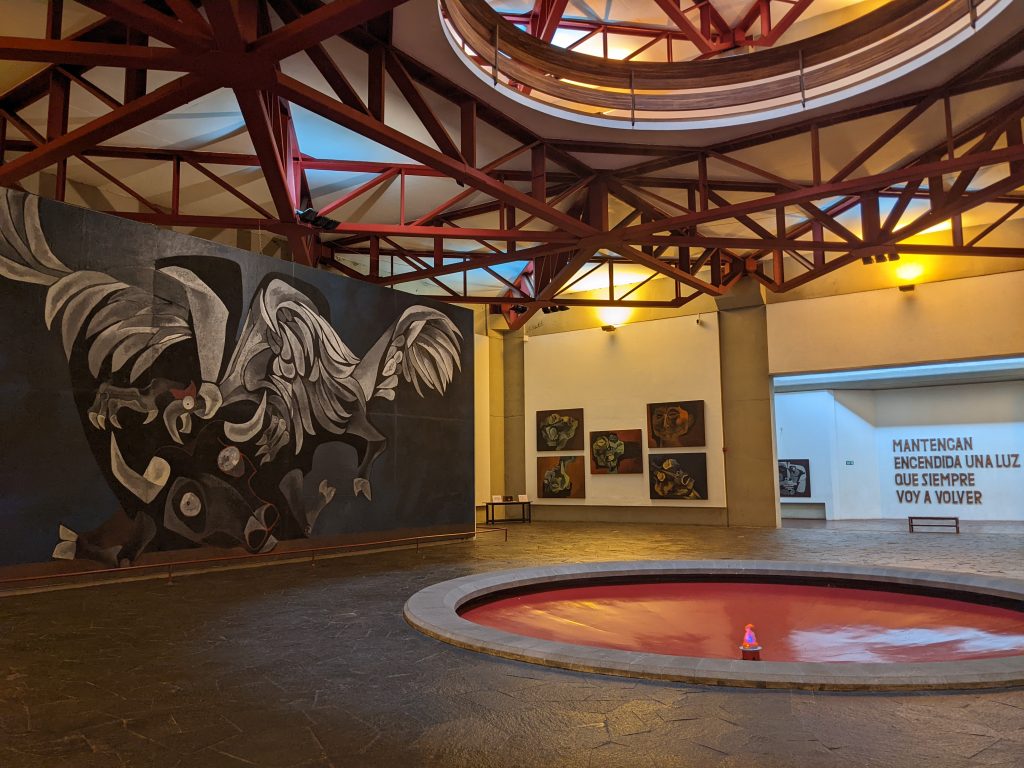
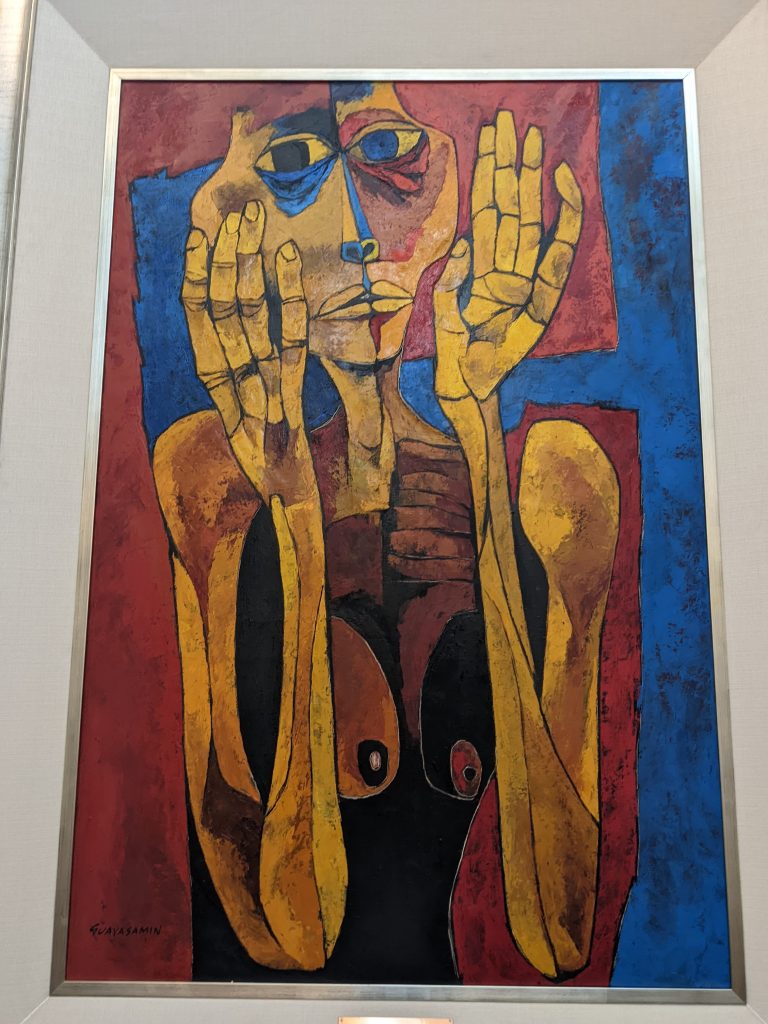
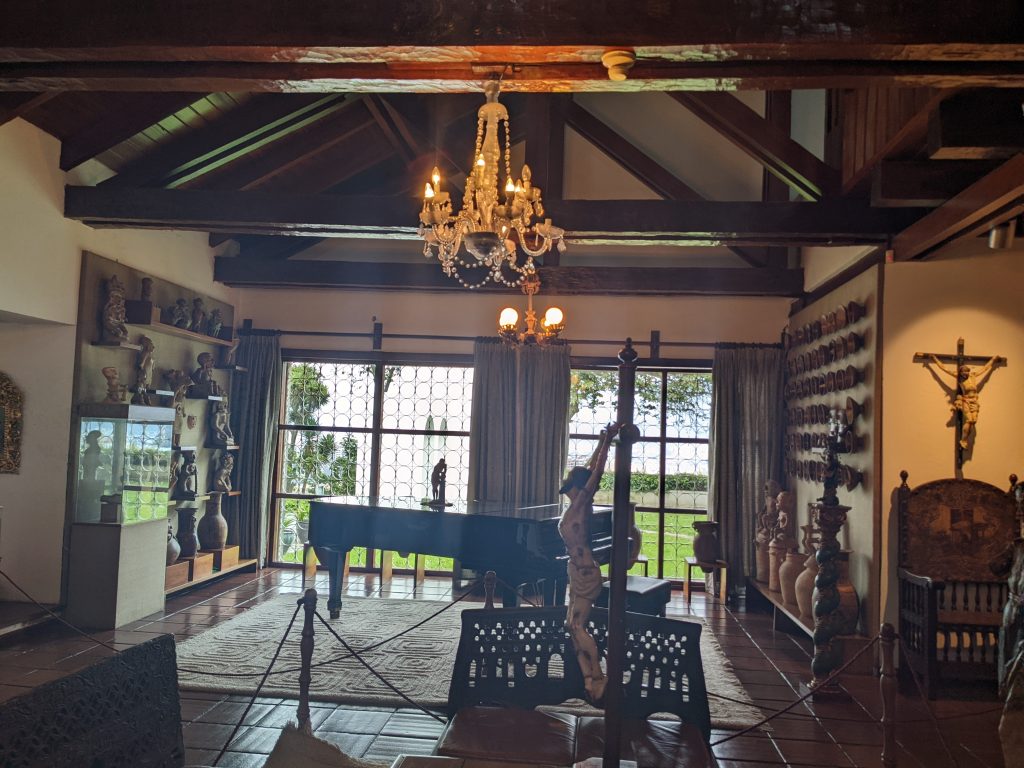
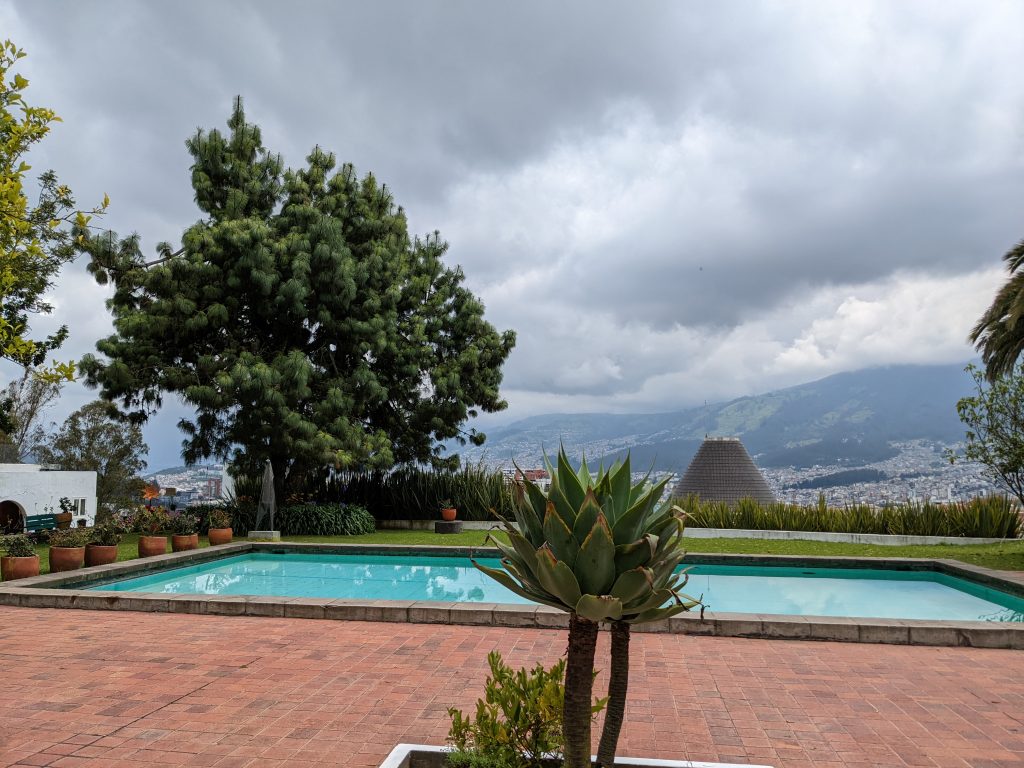
I was in a large, very comfortable, inexpensive 9th floor penthouse Airbnb with a large balcony encompassing dramatic views of Quito.
